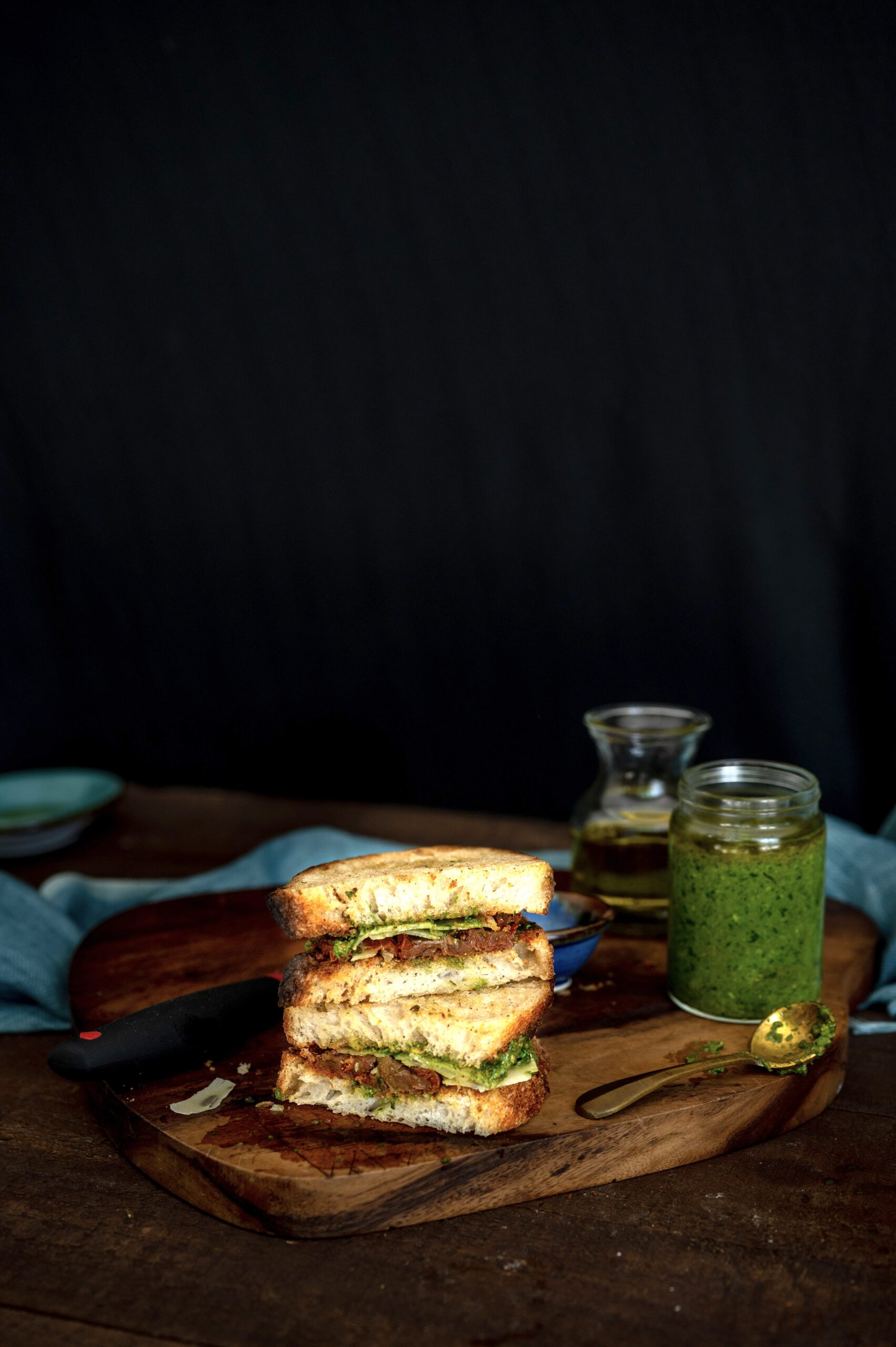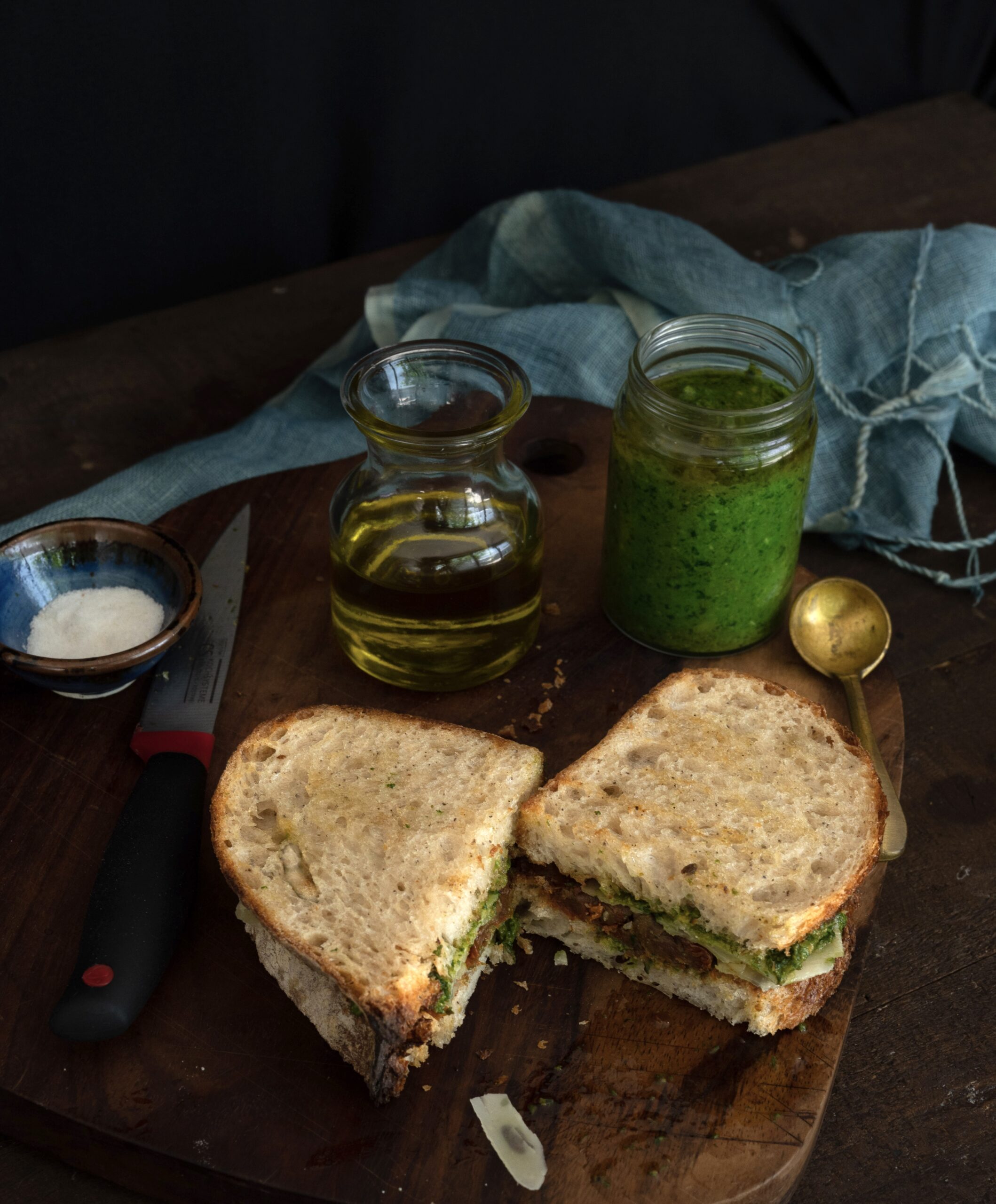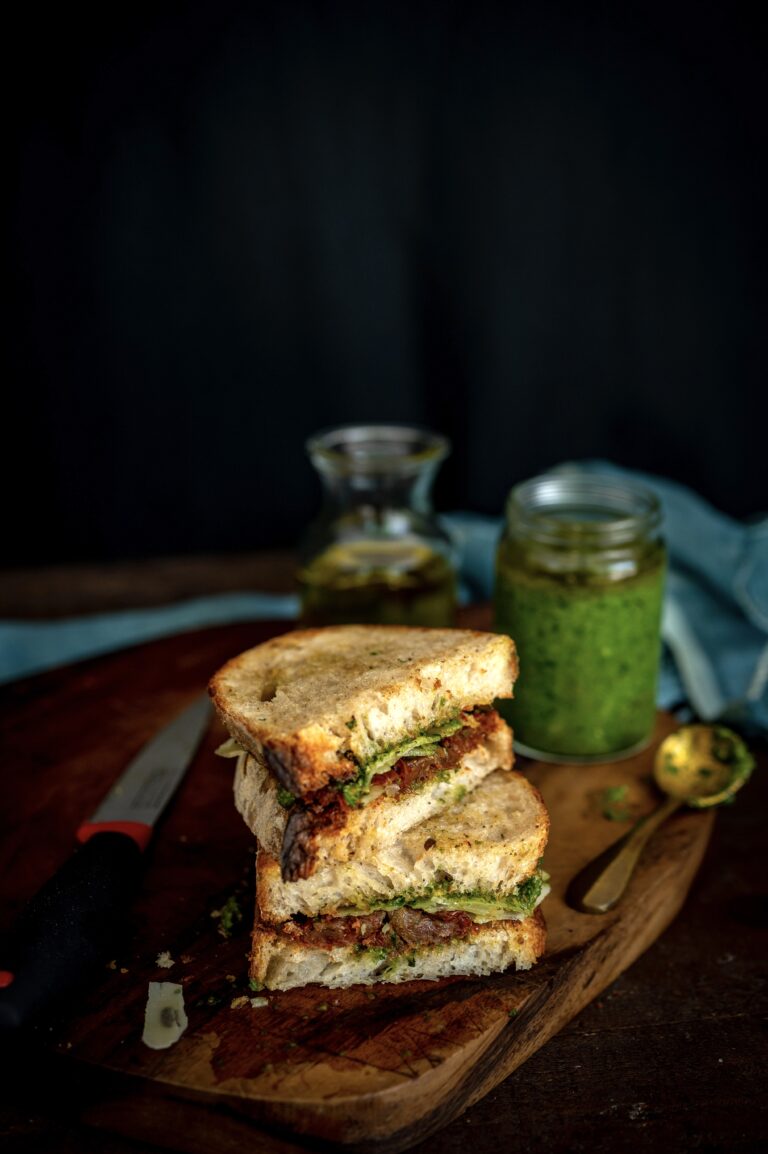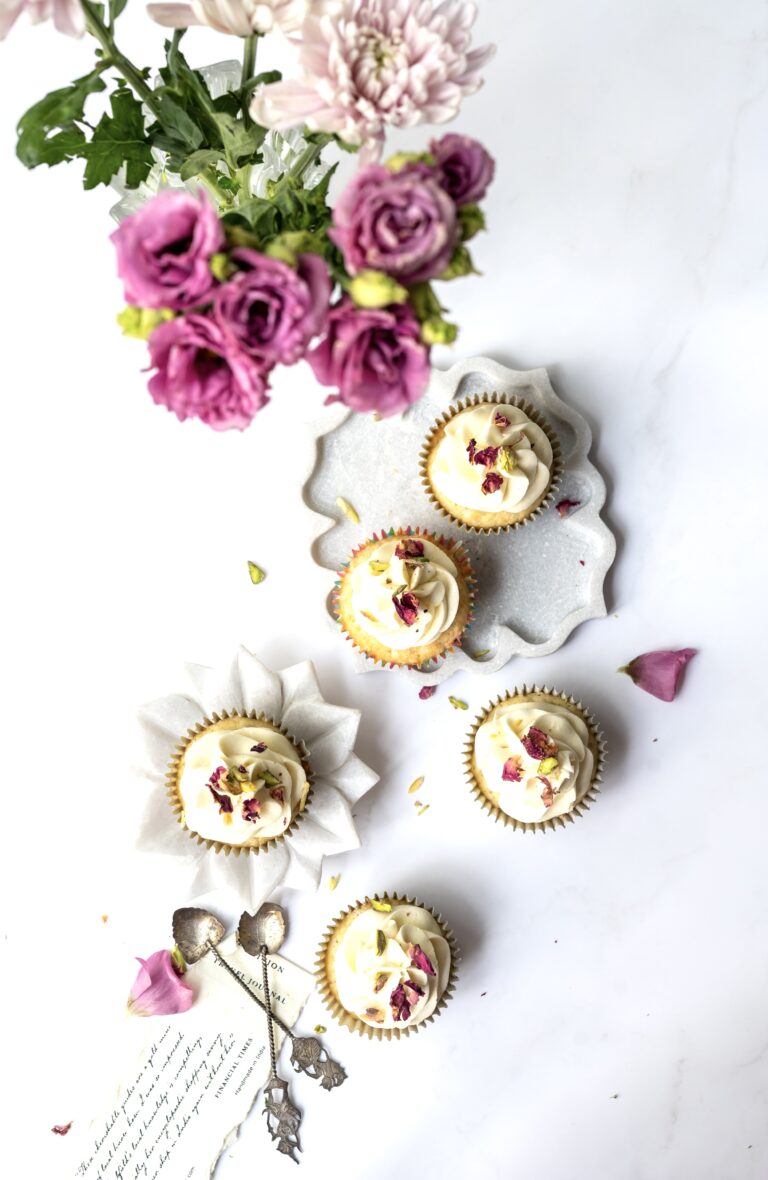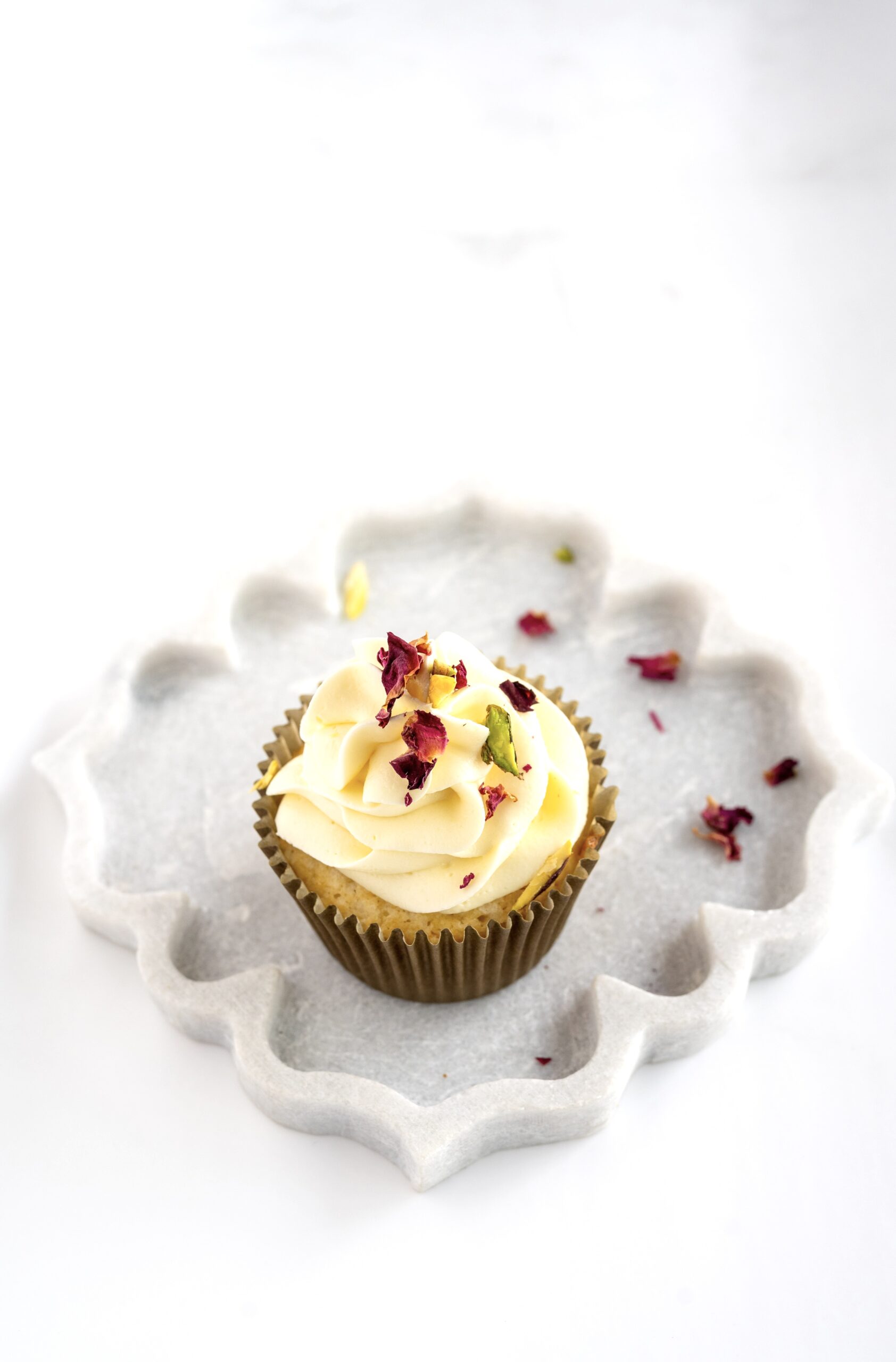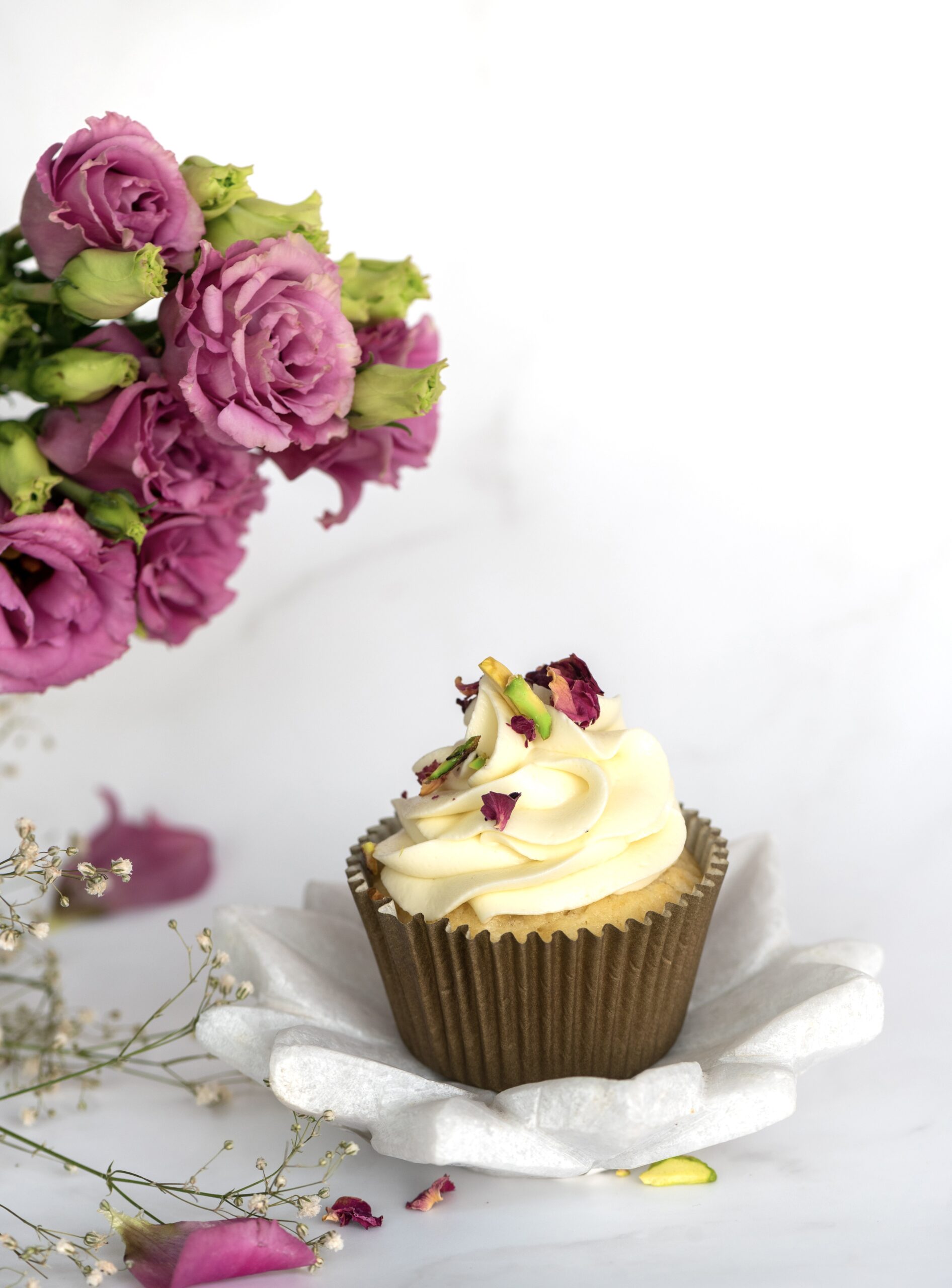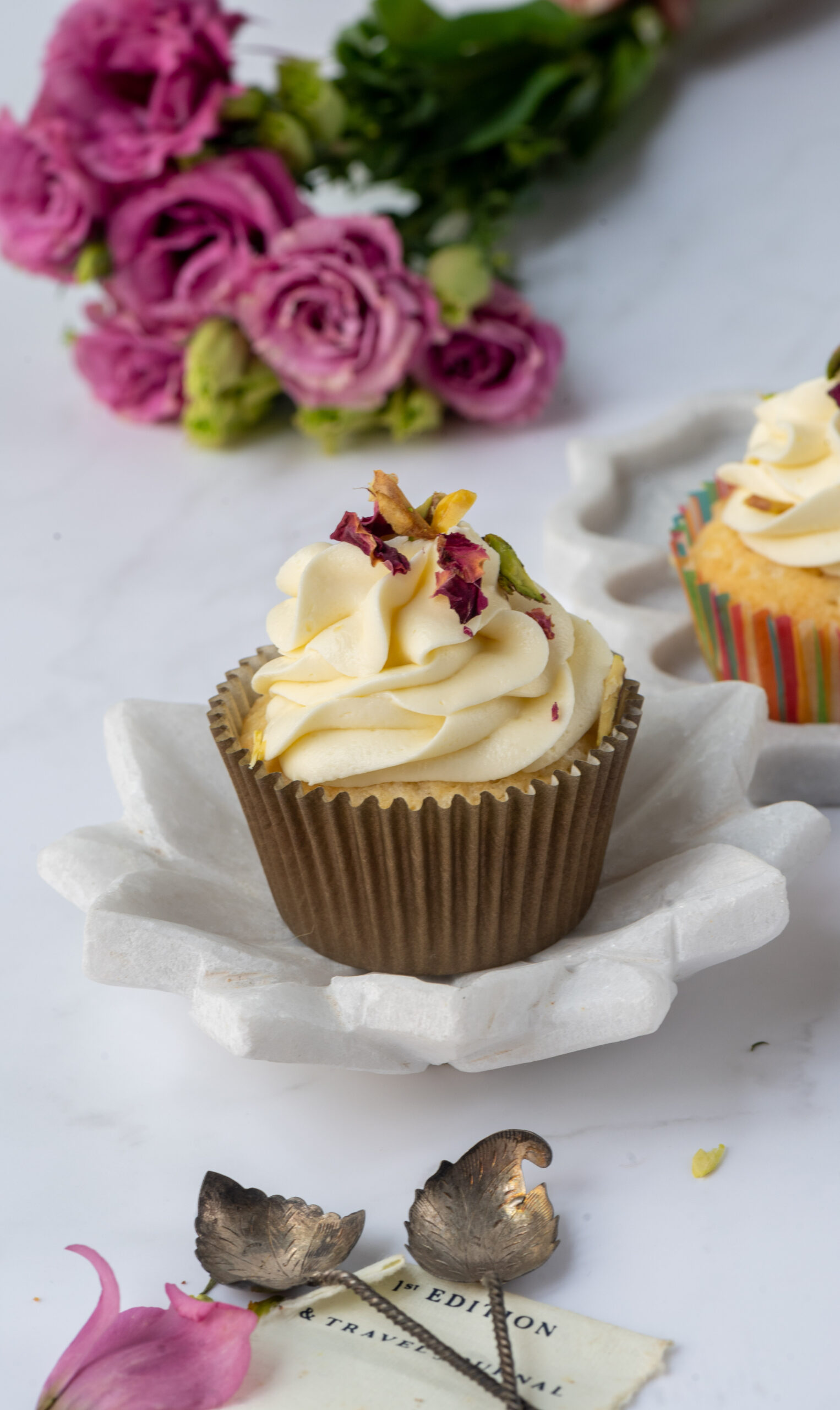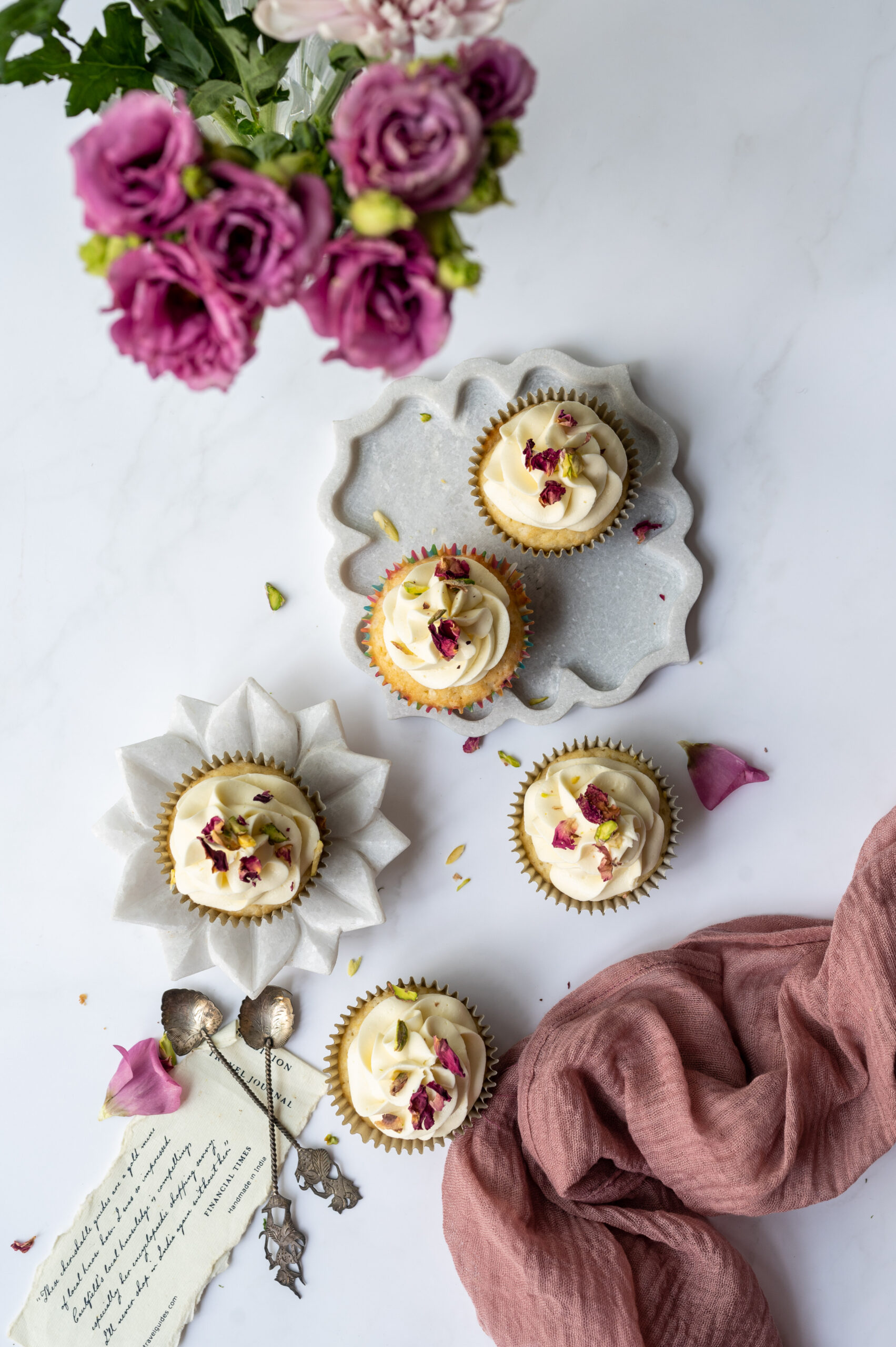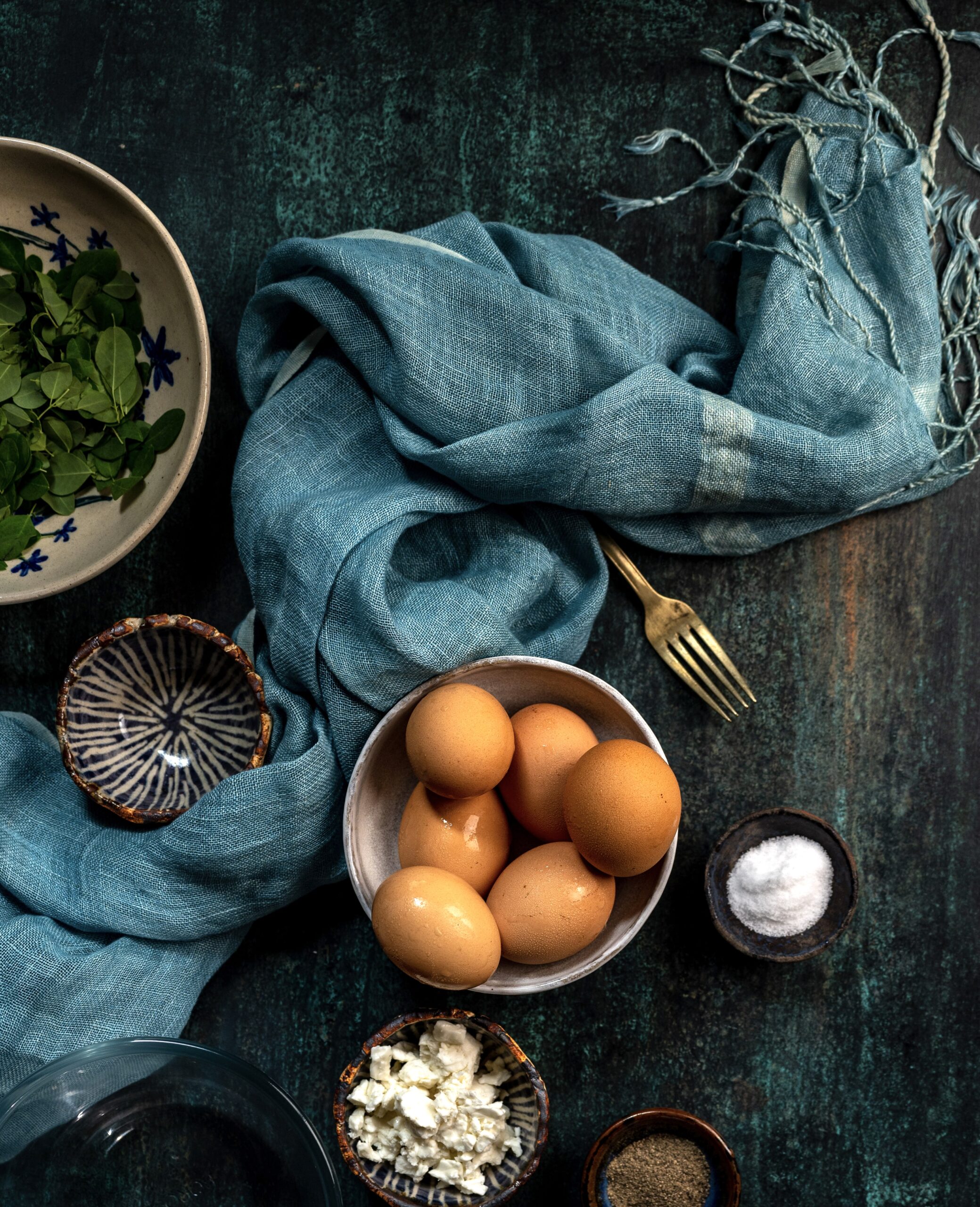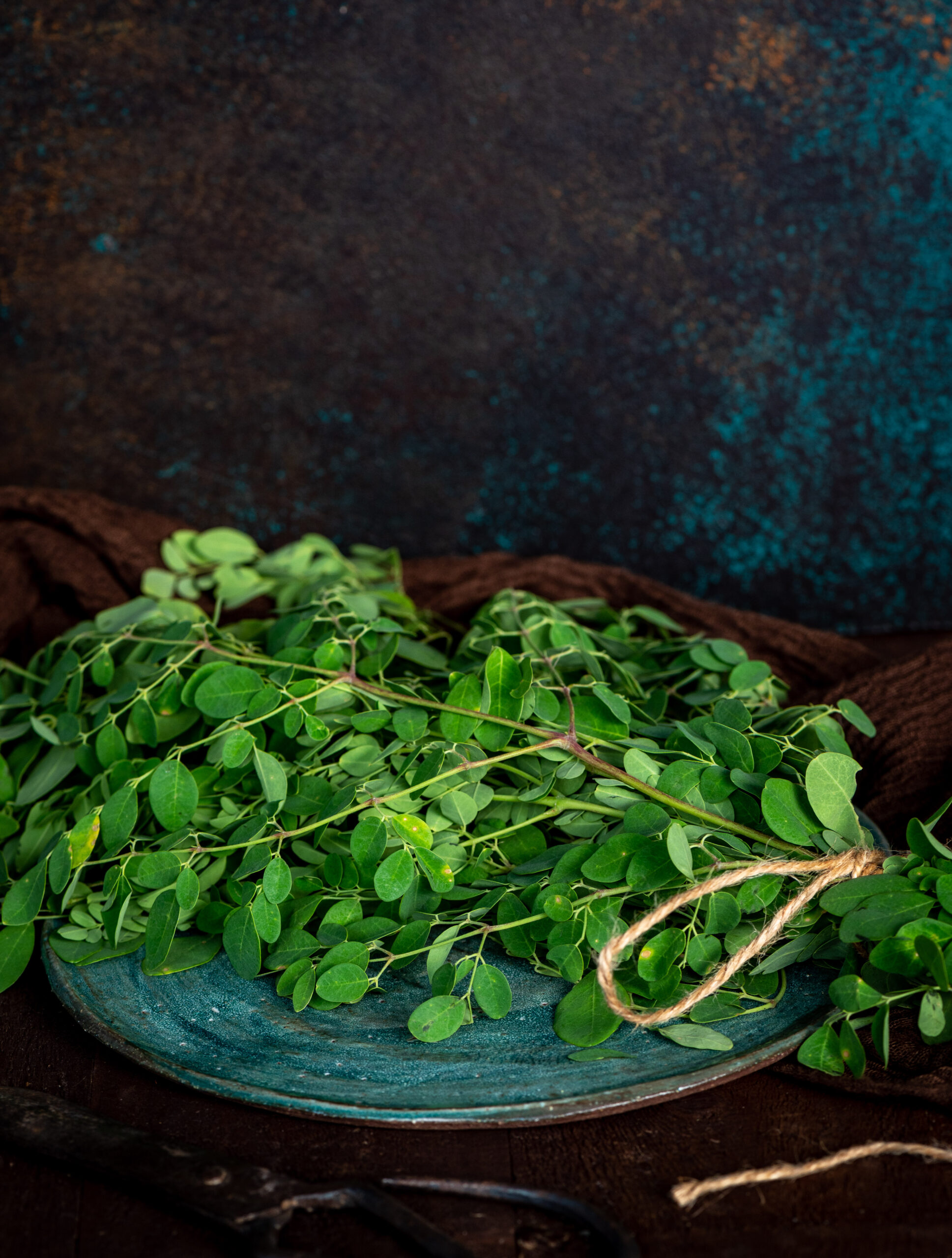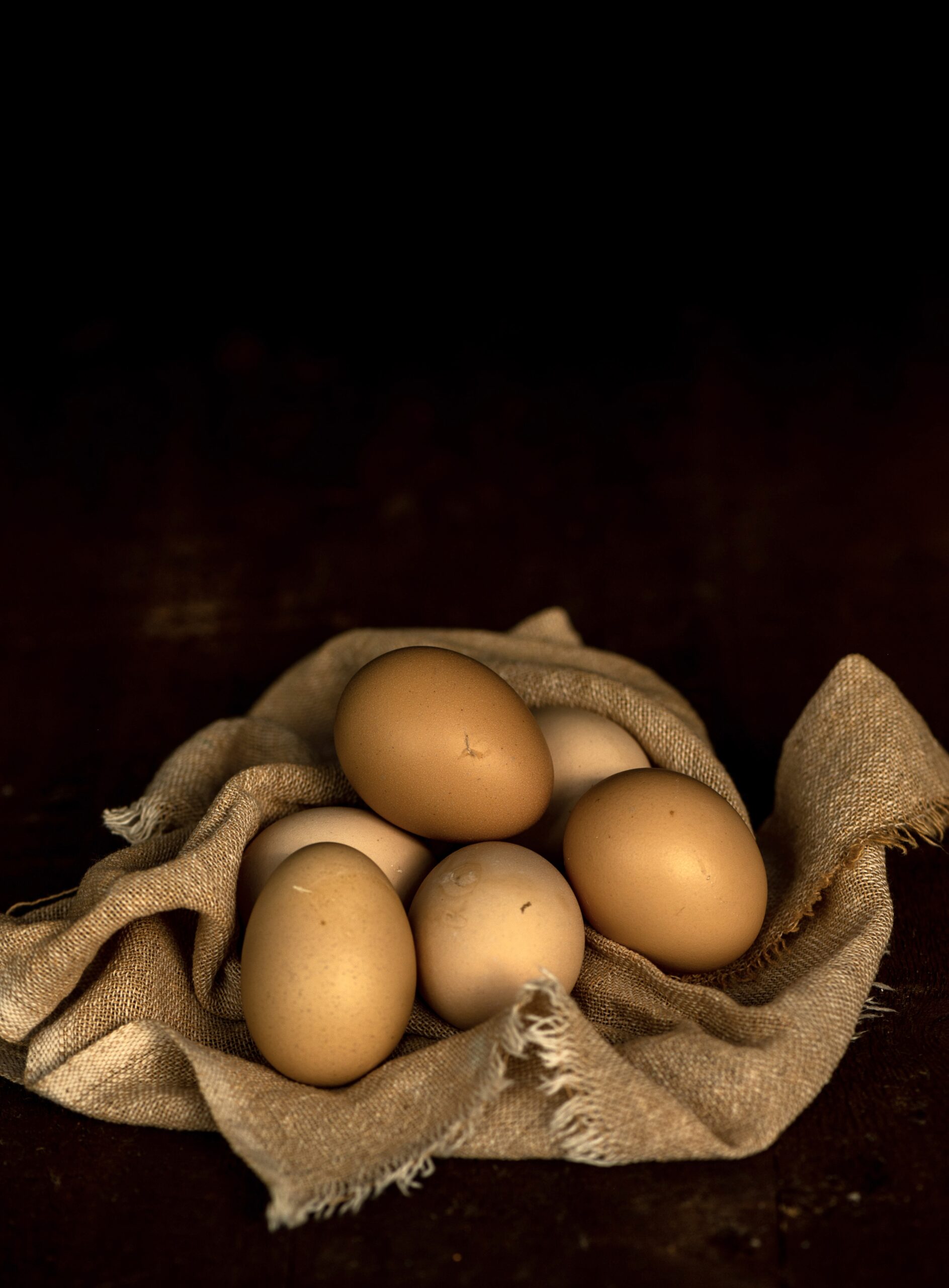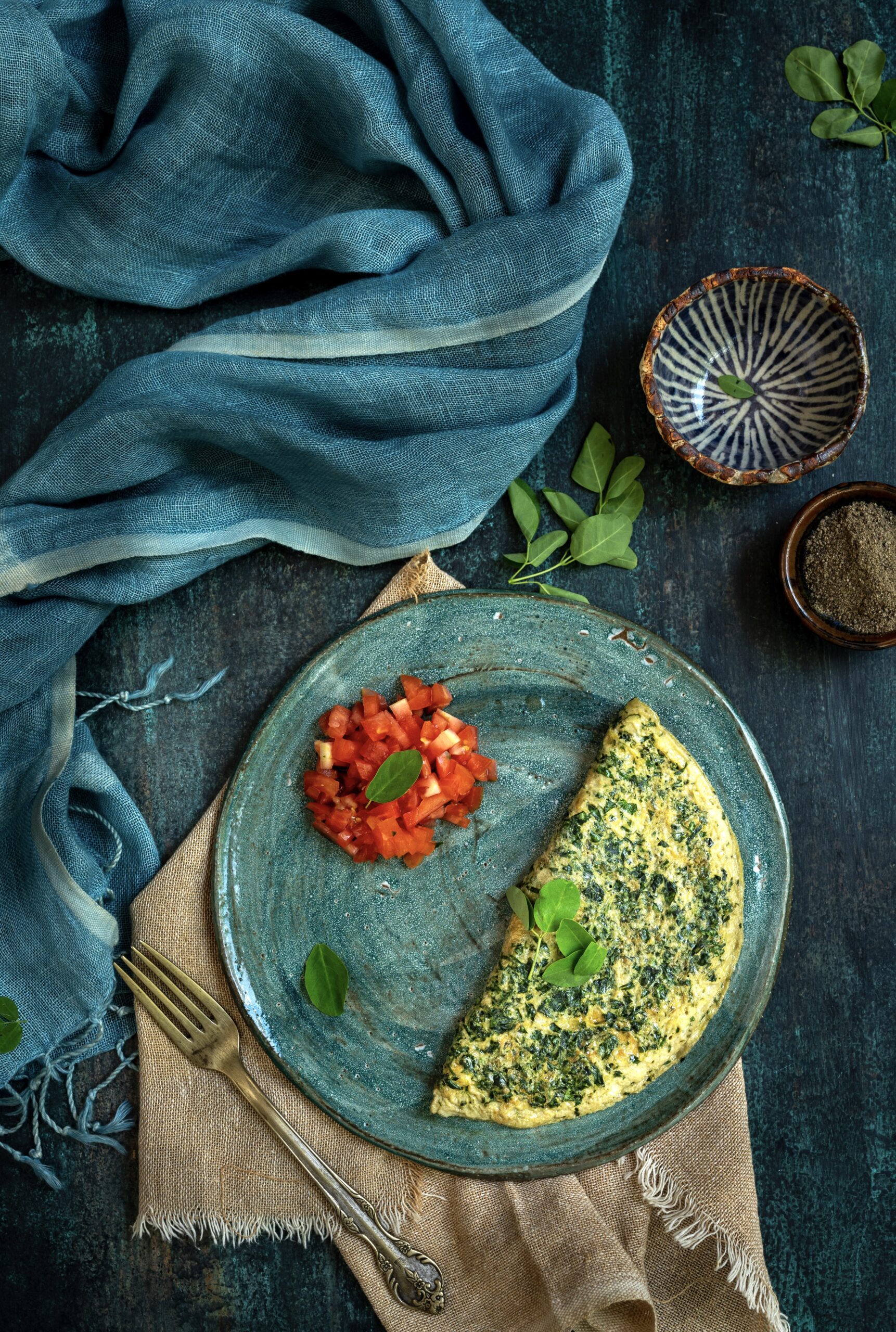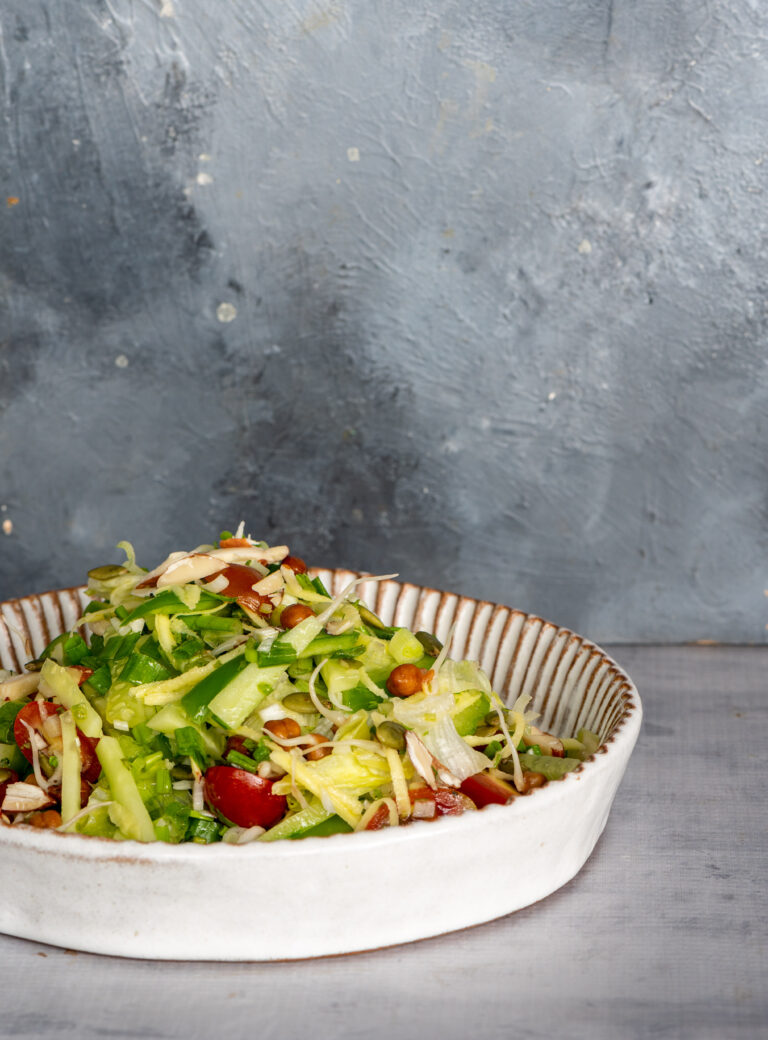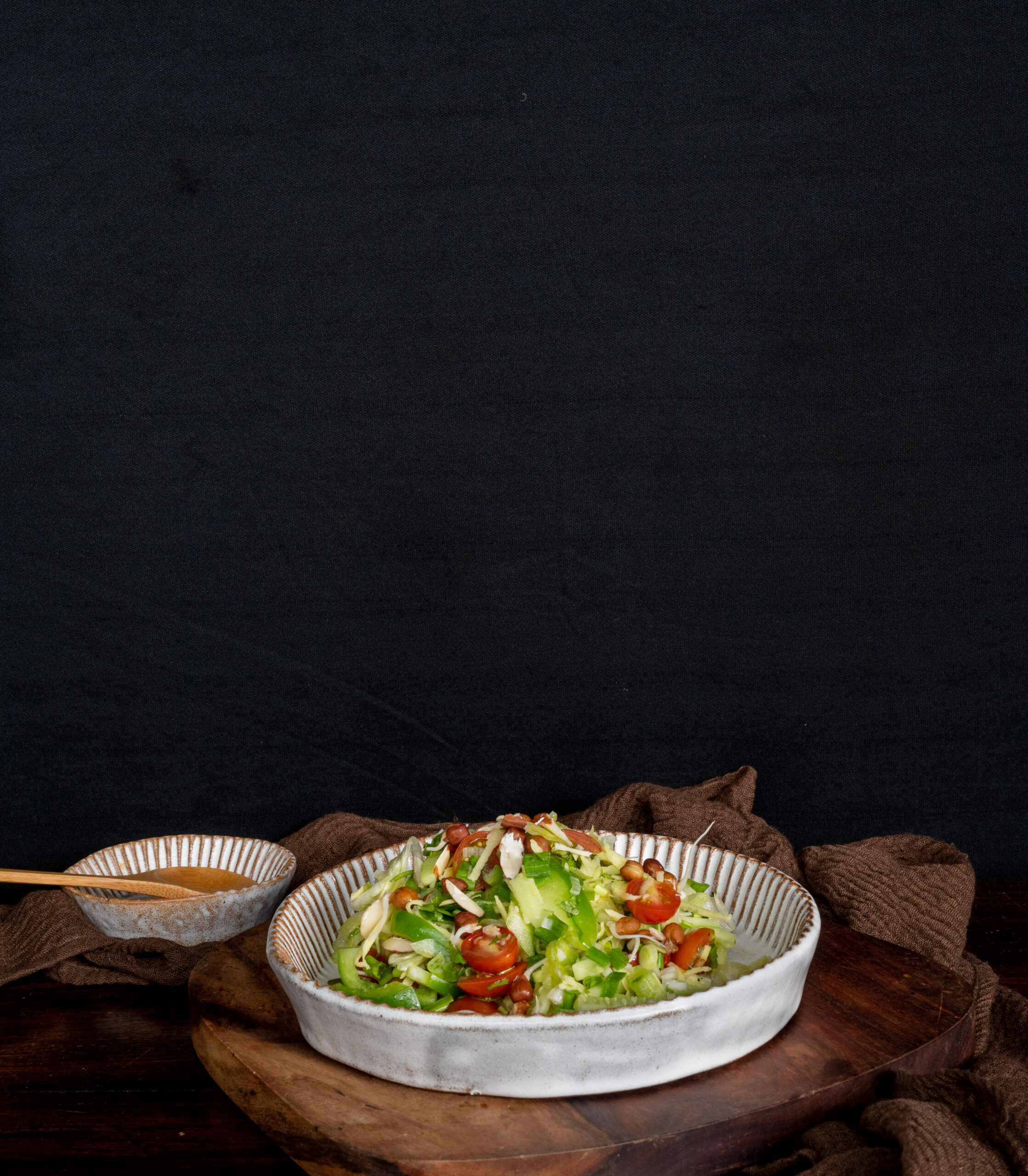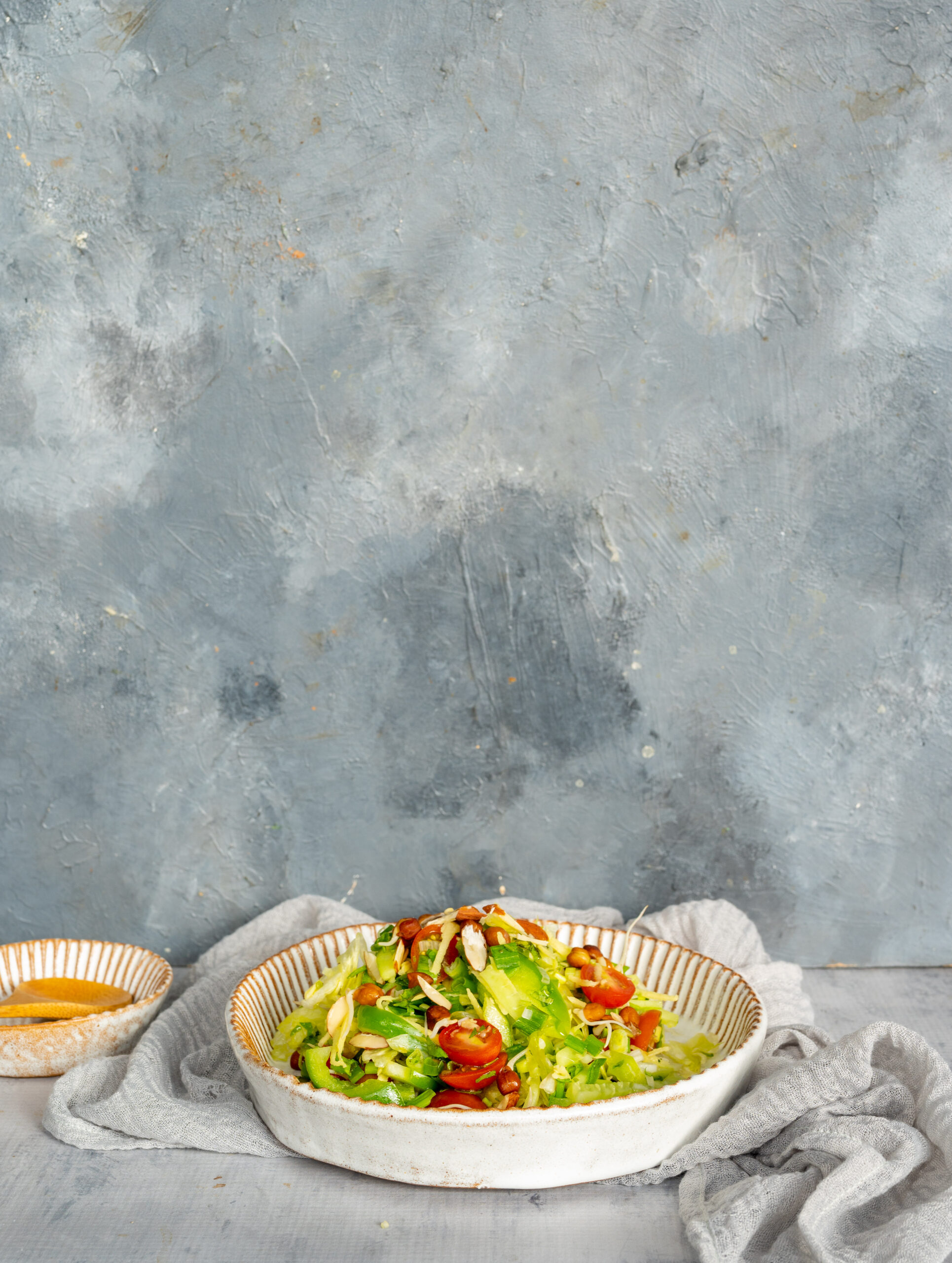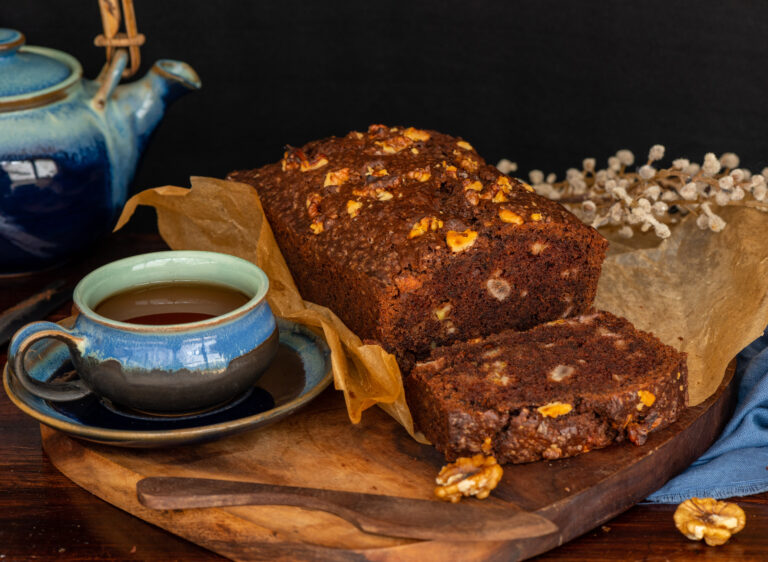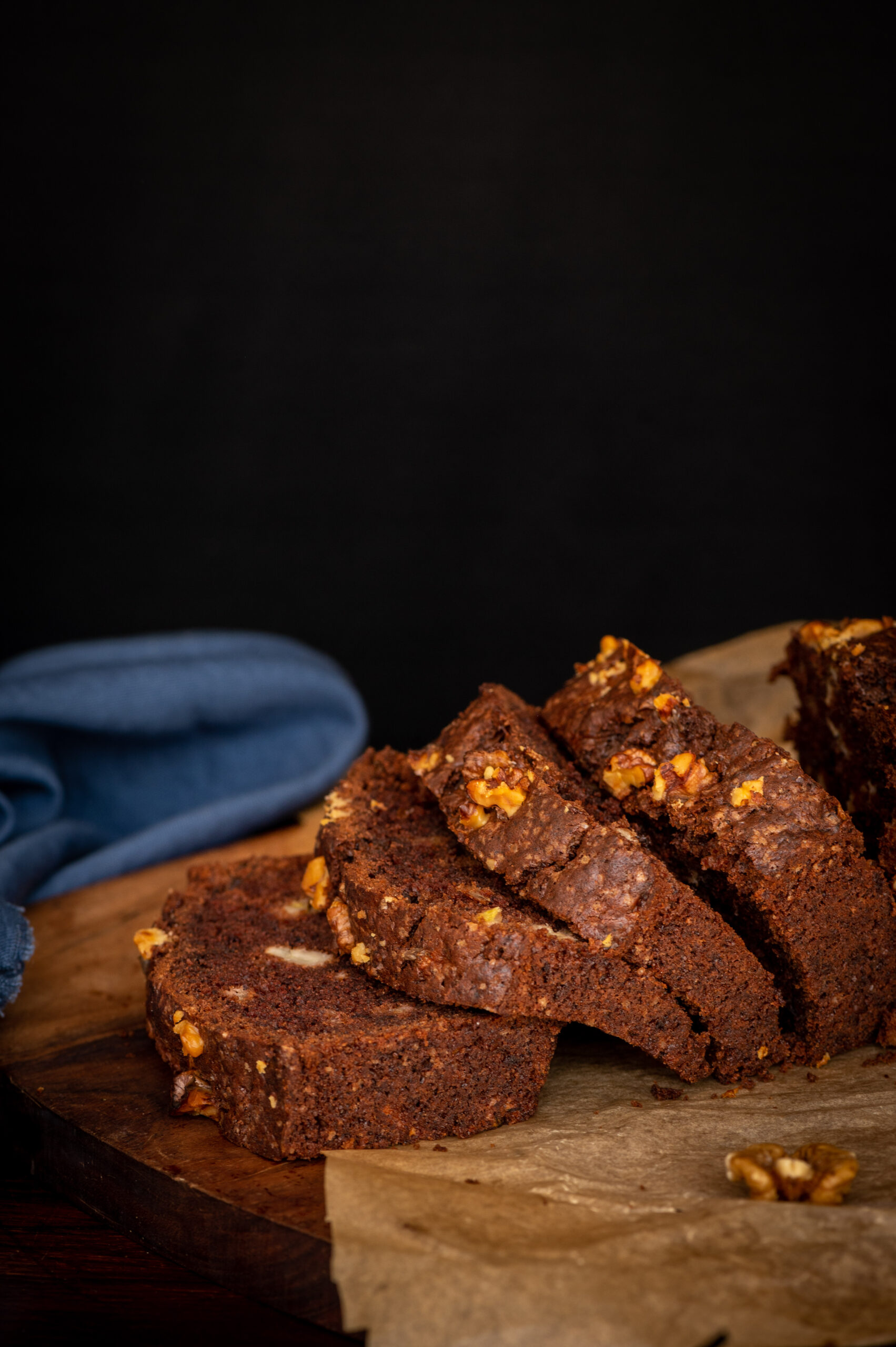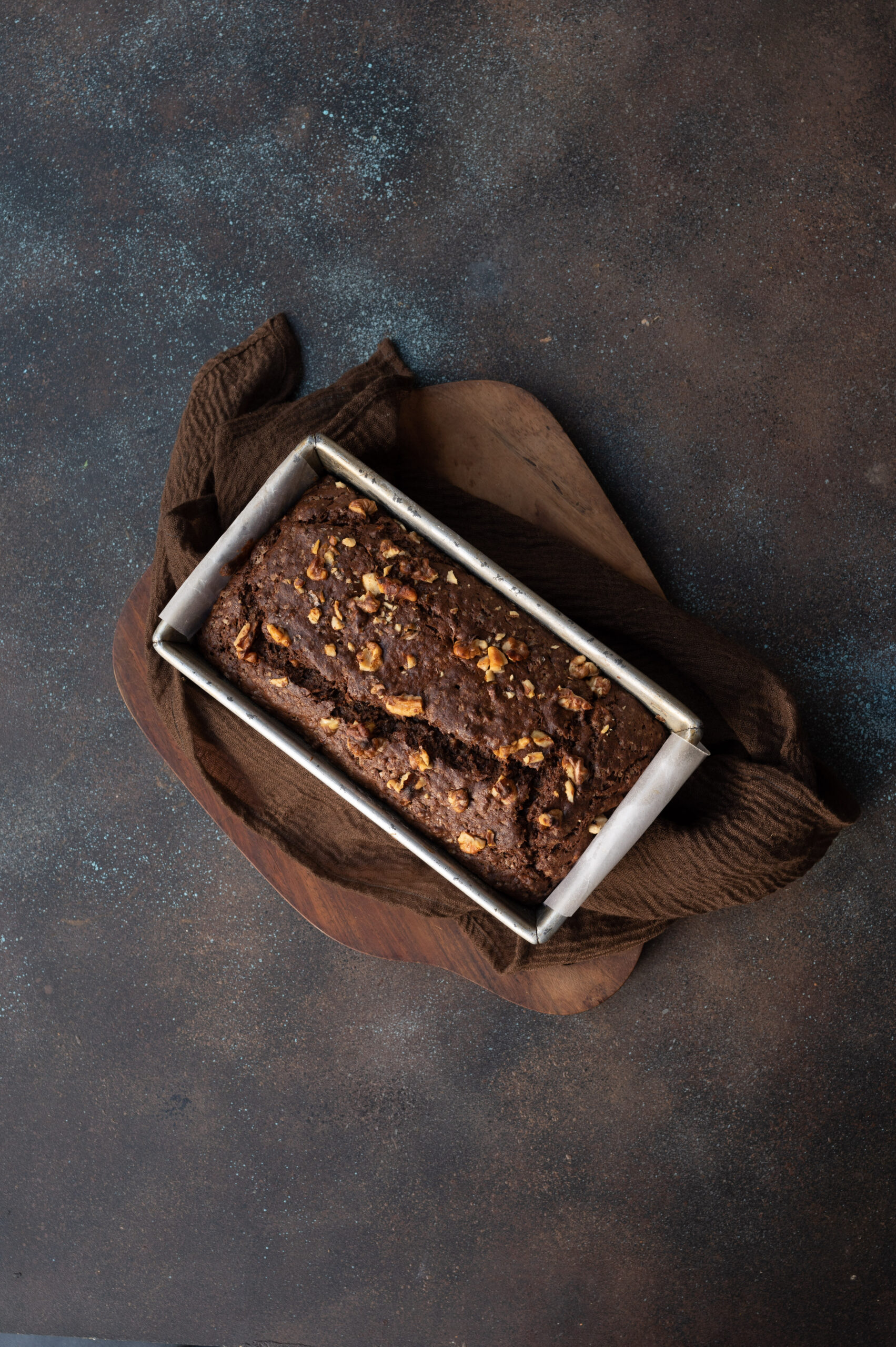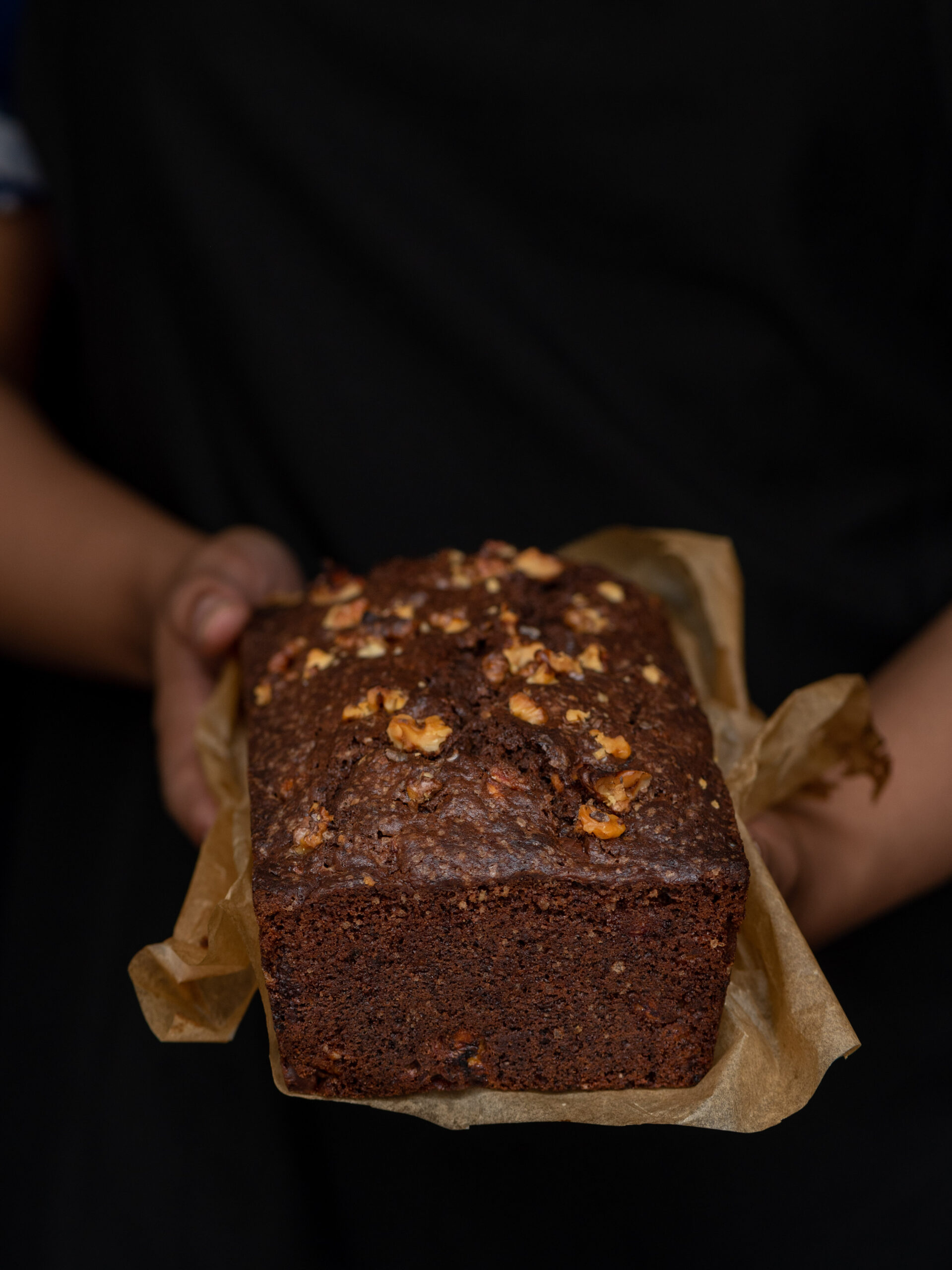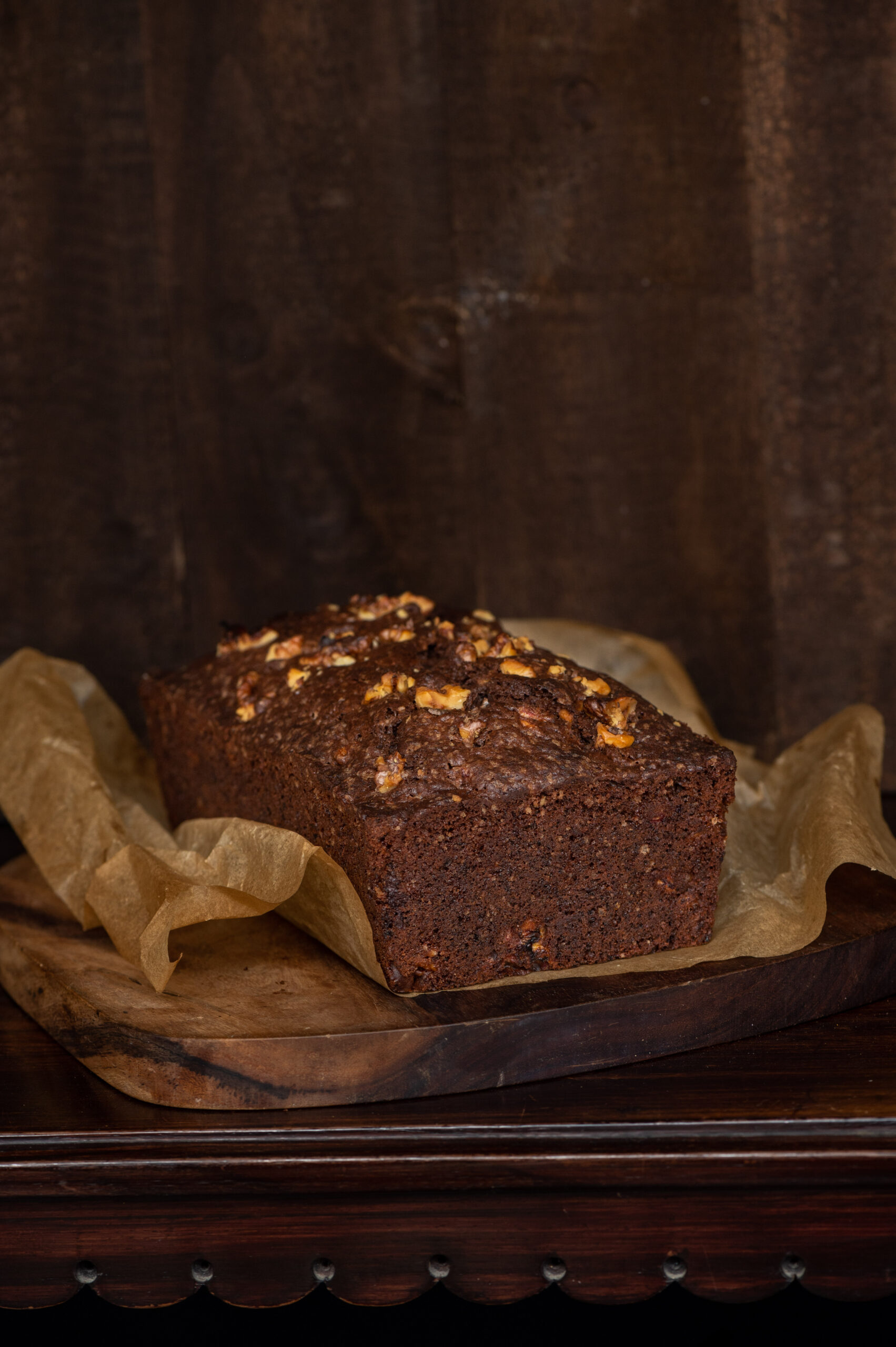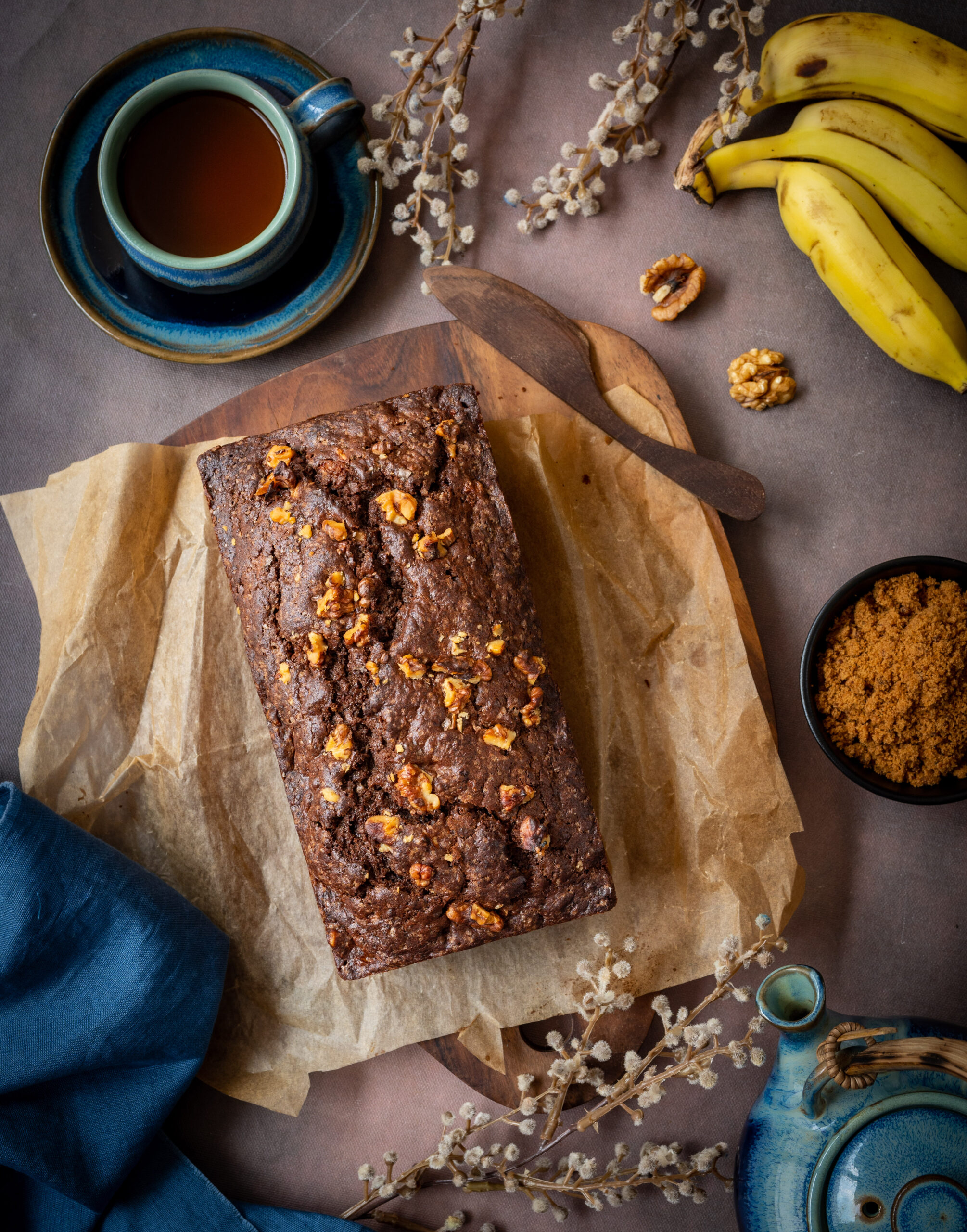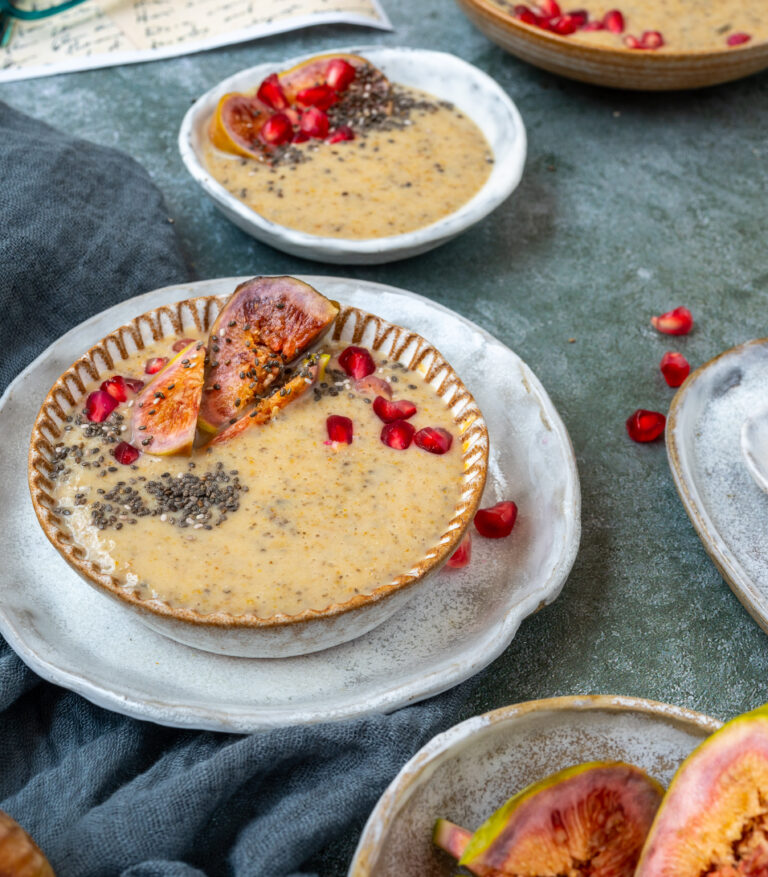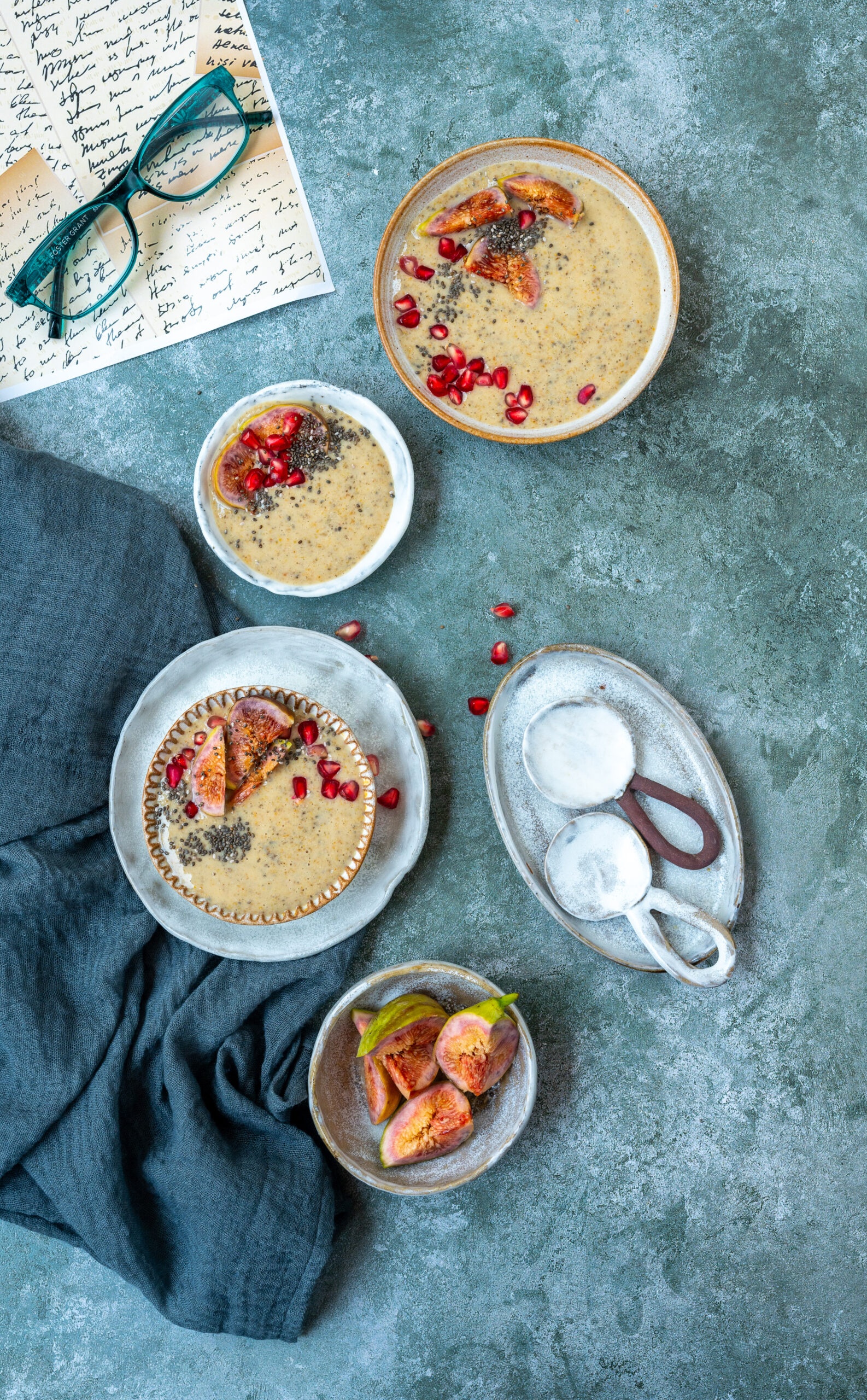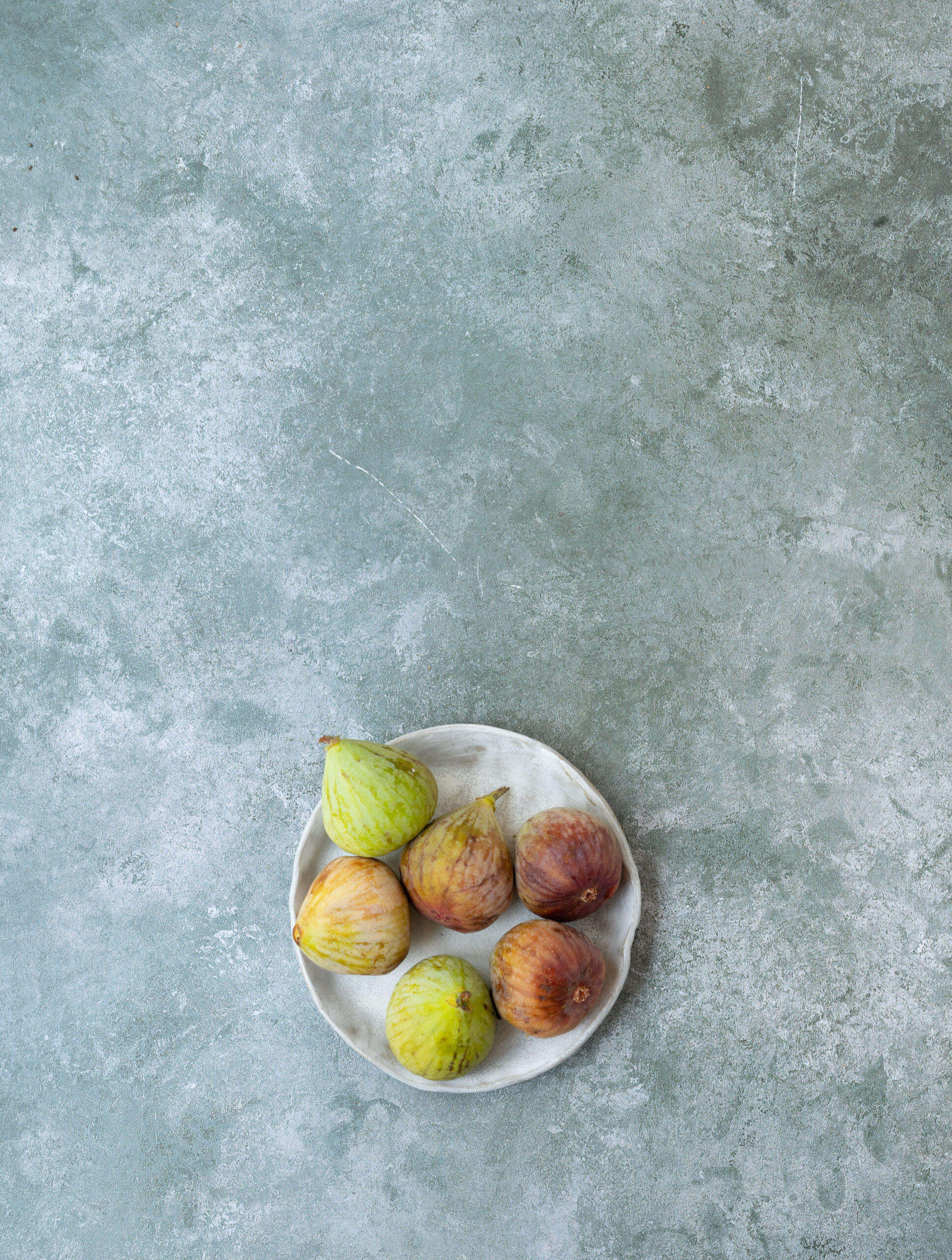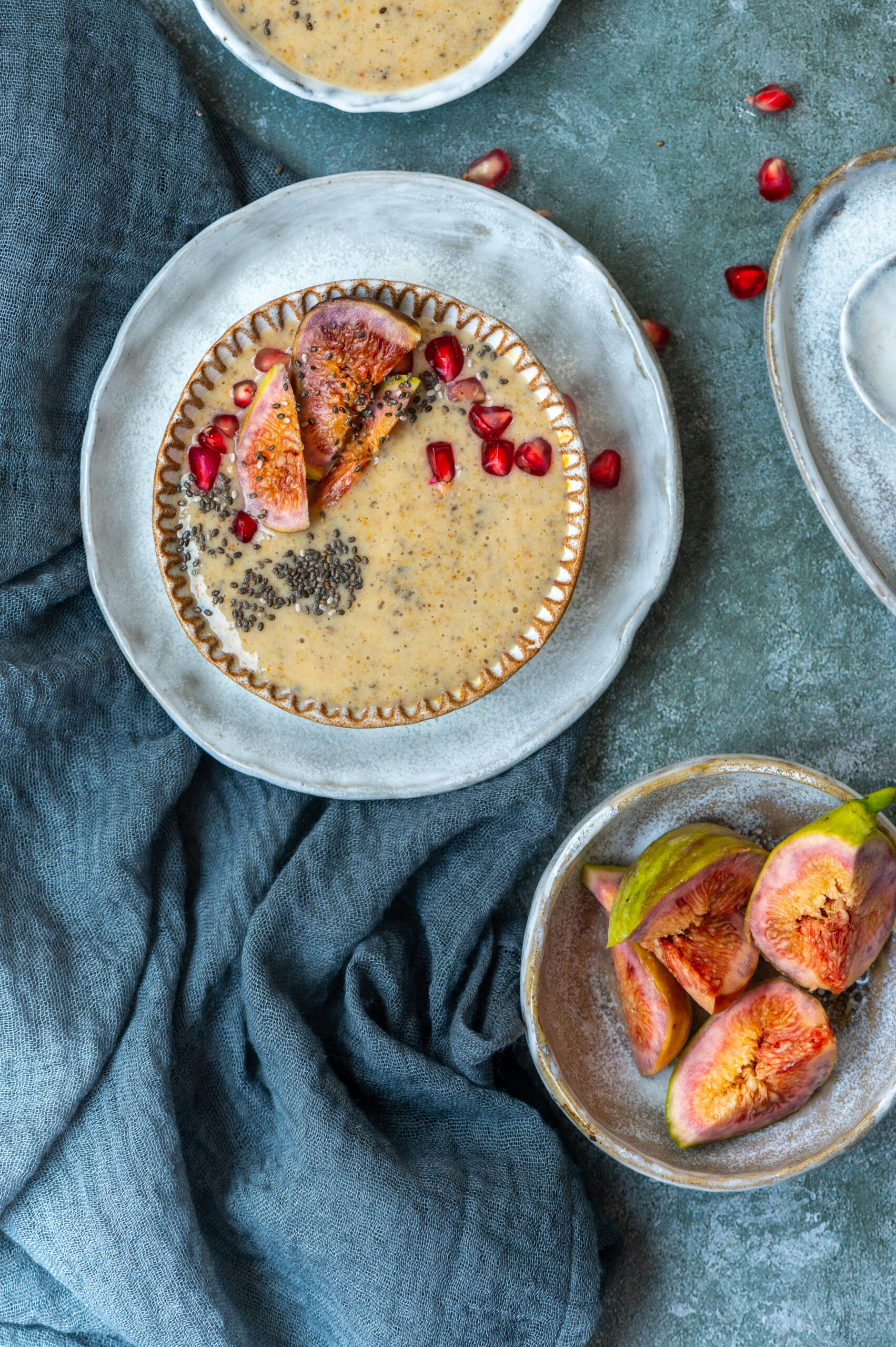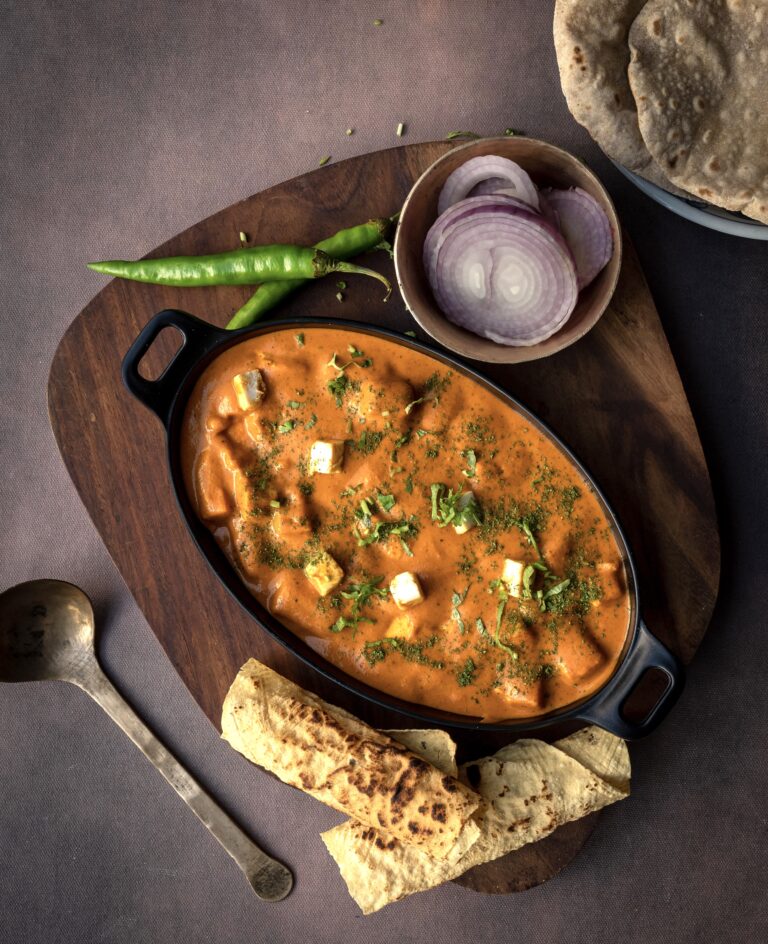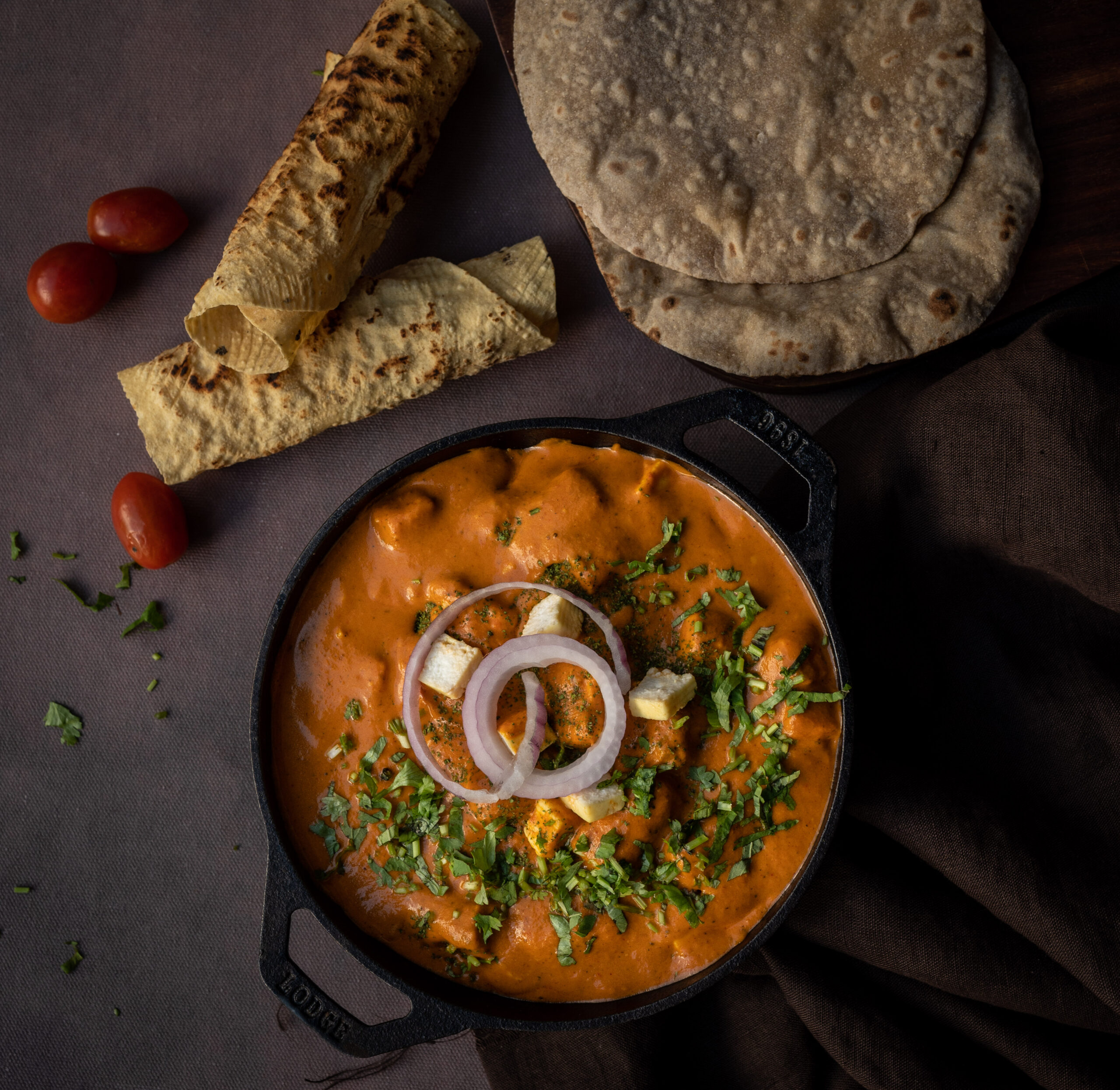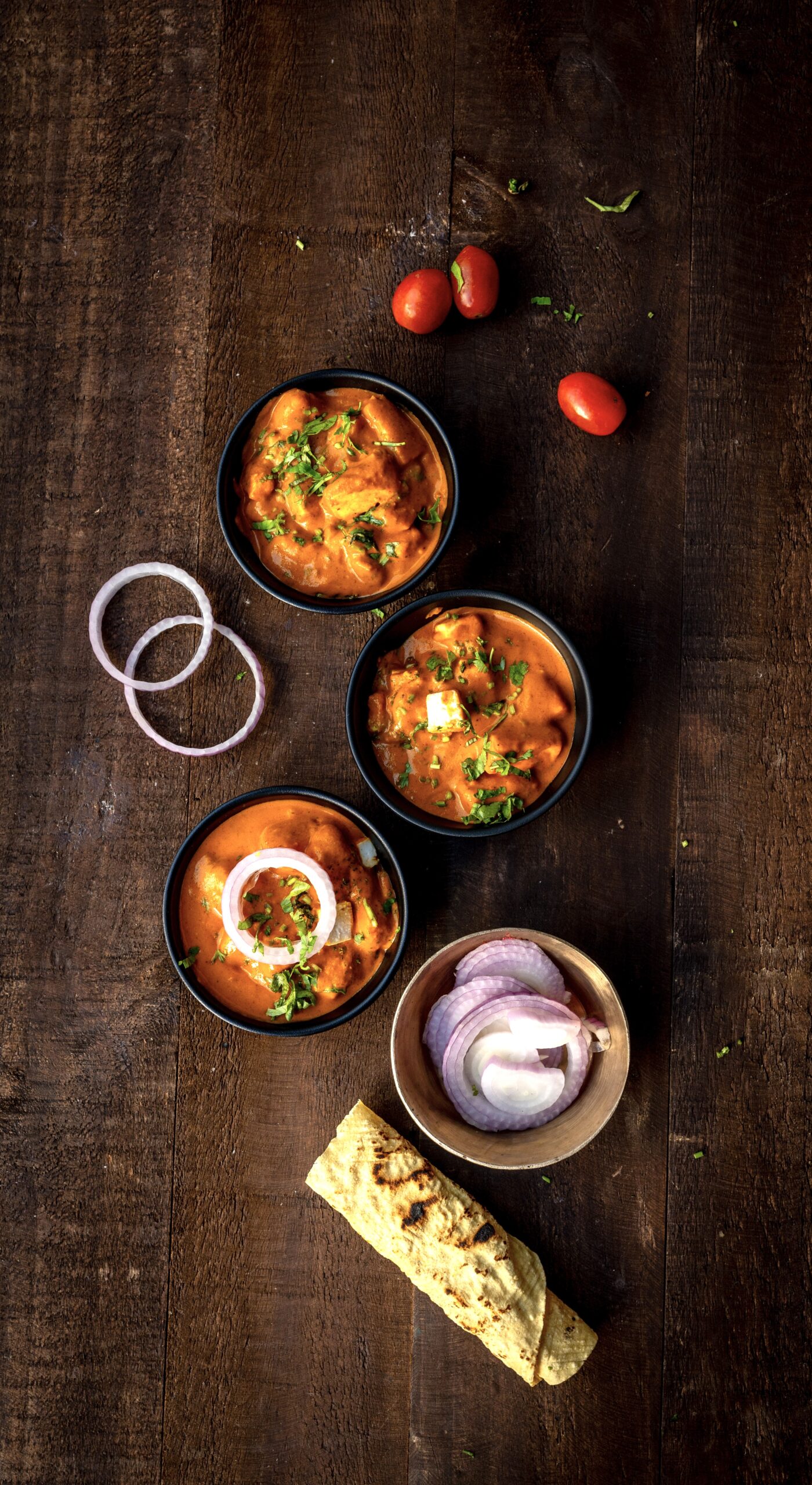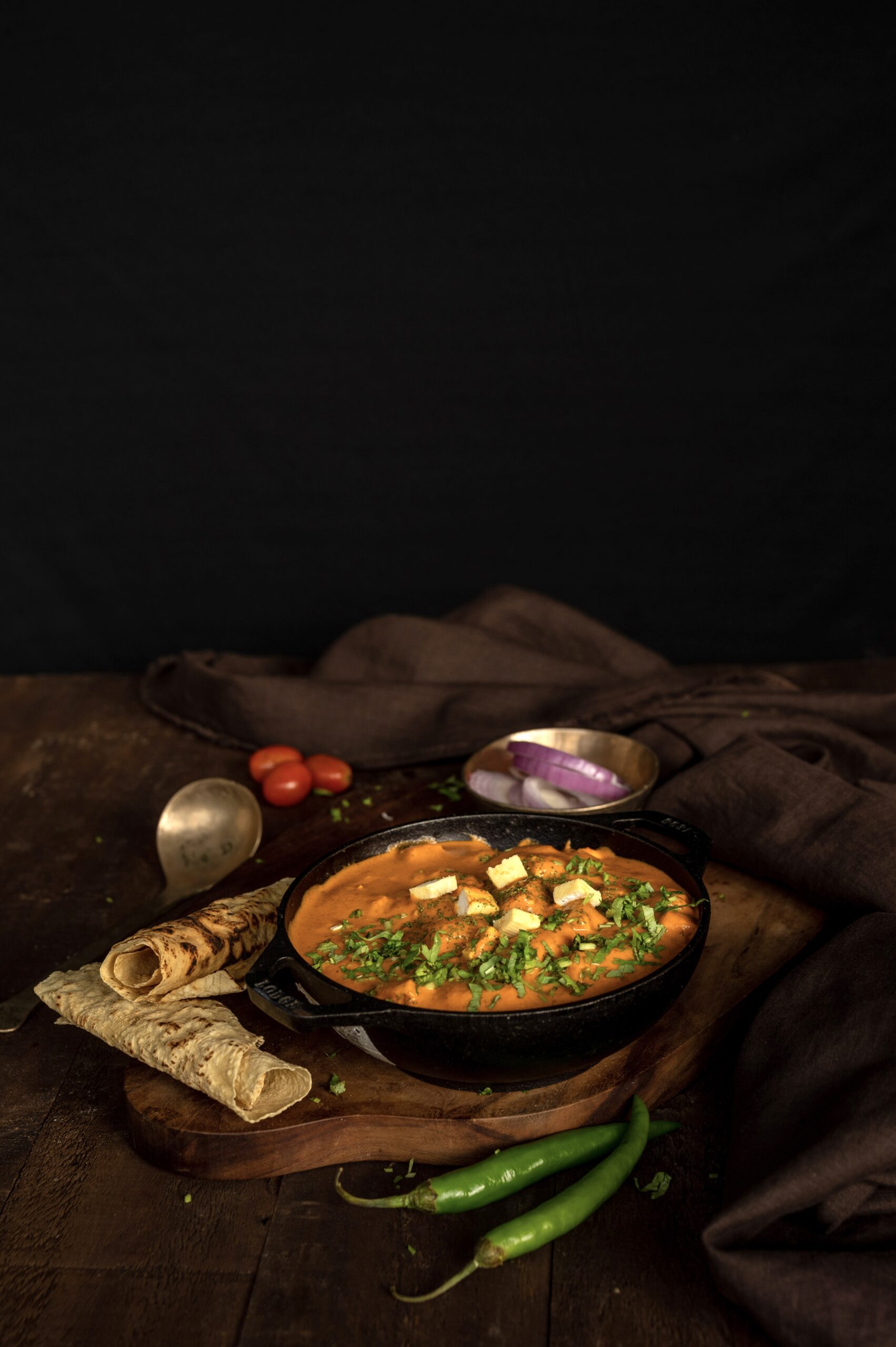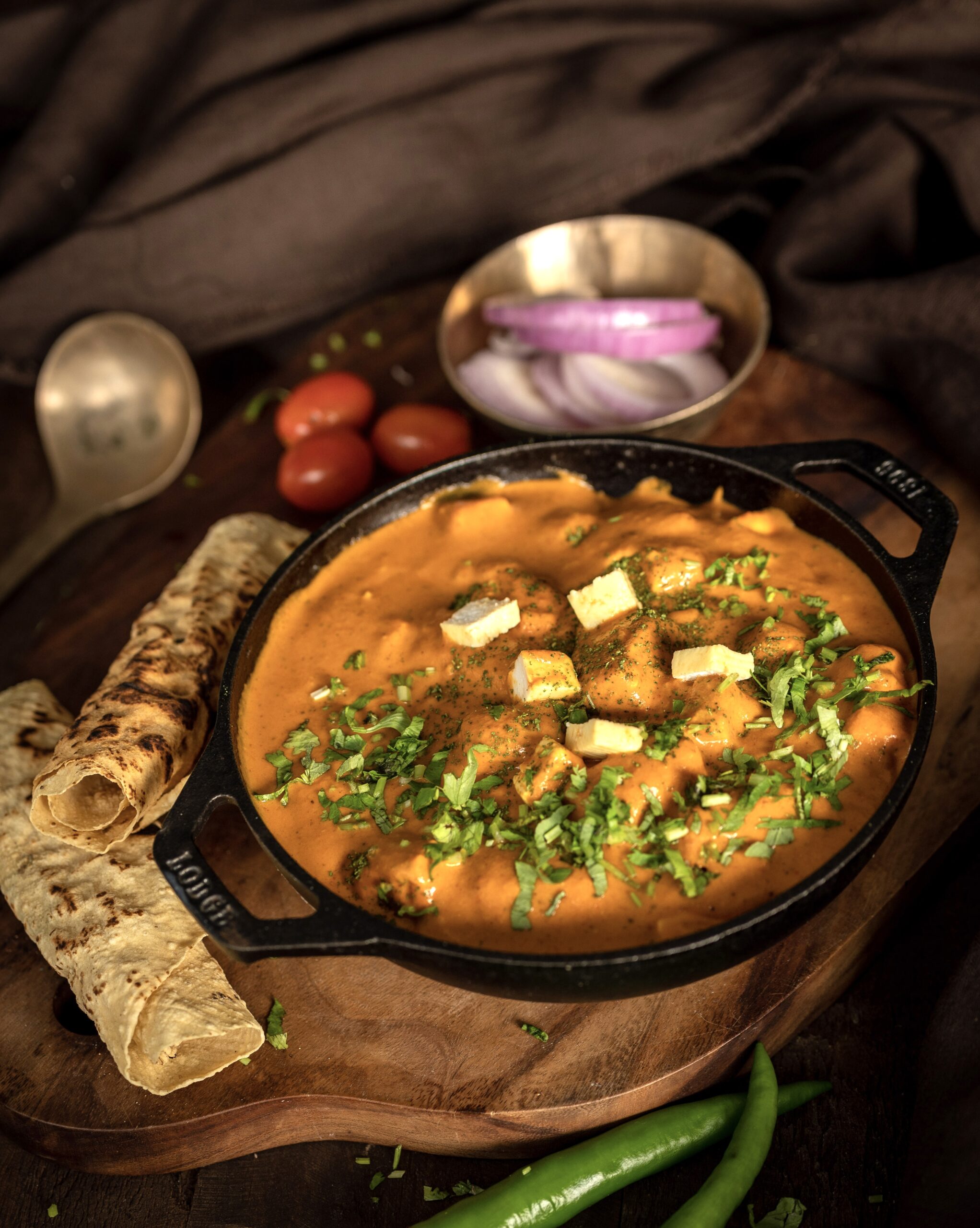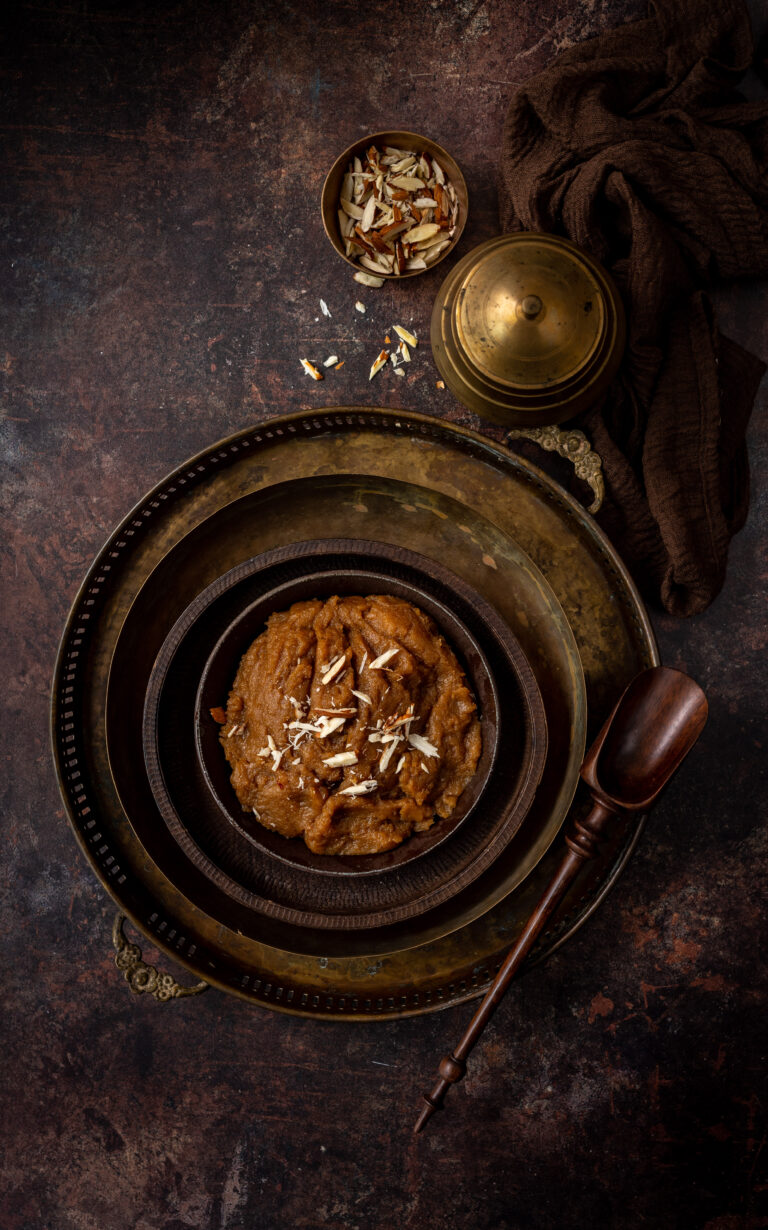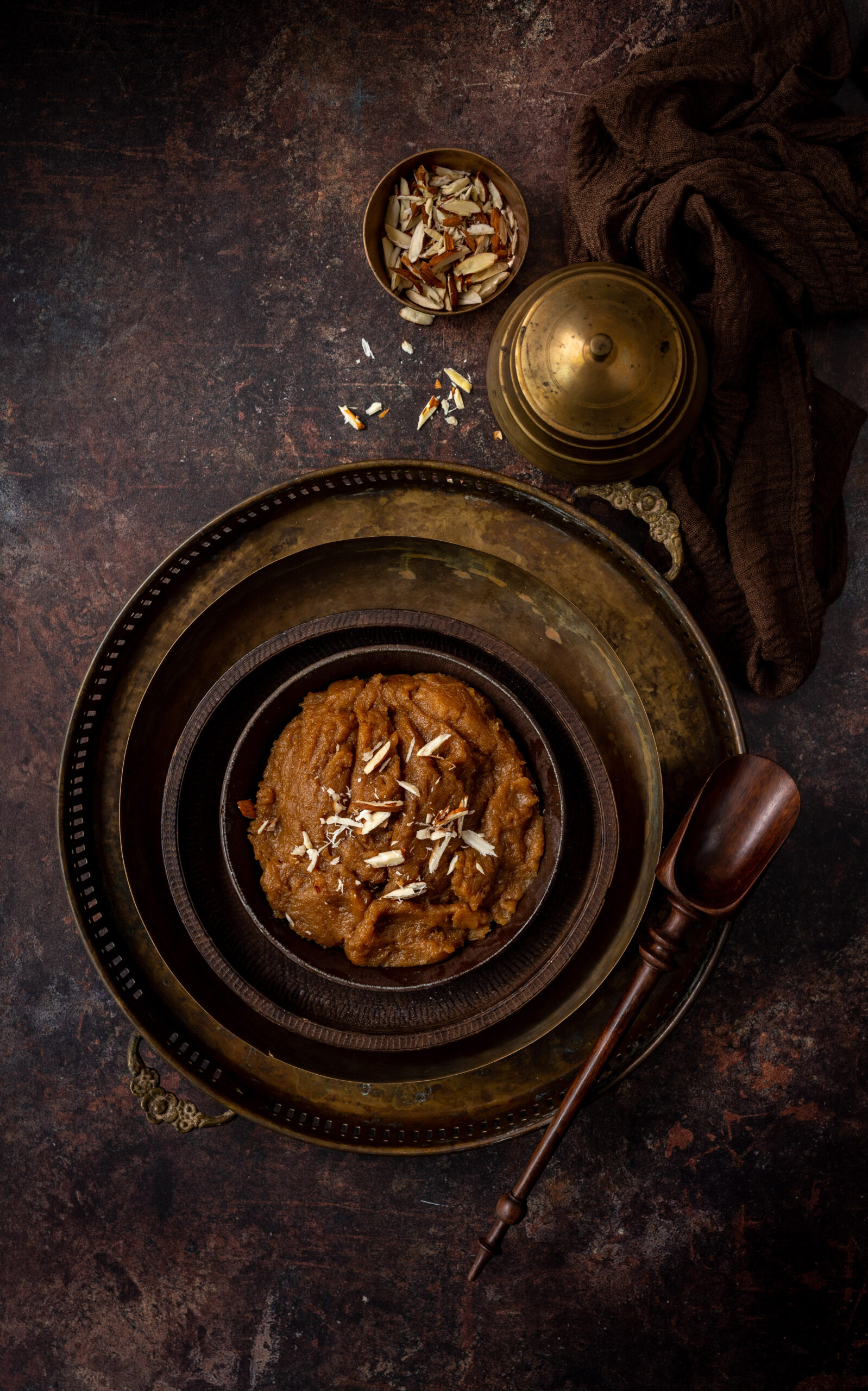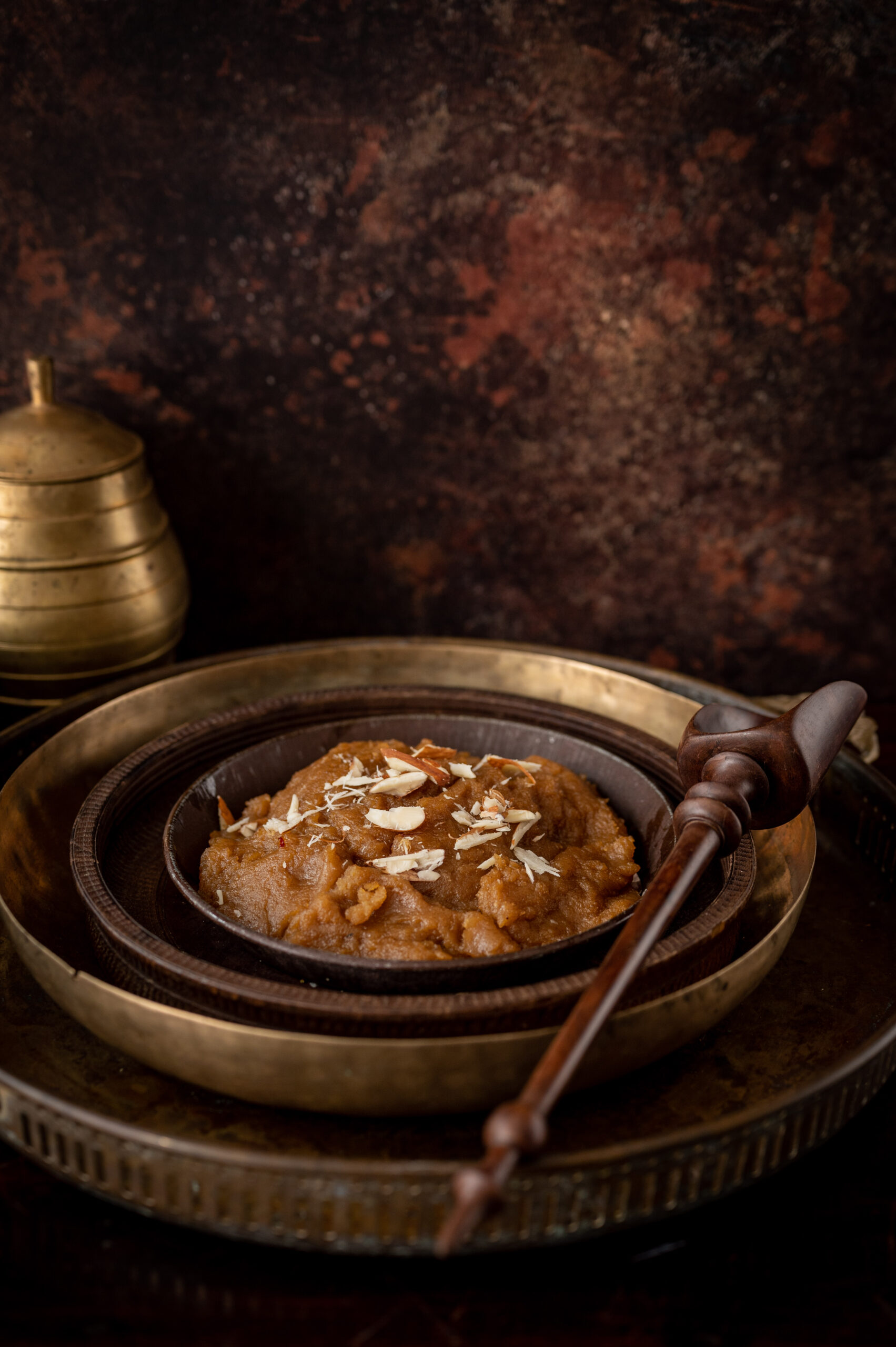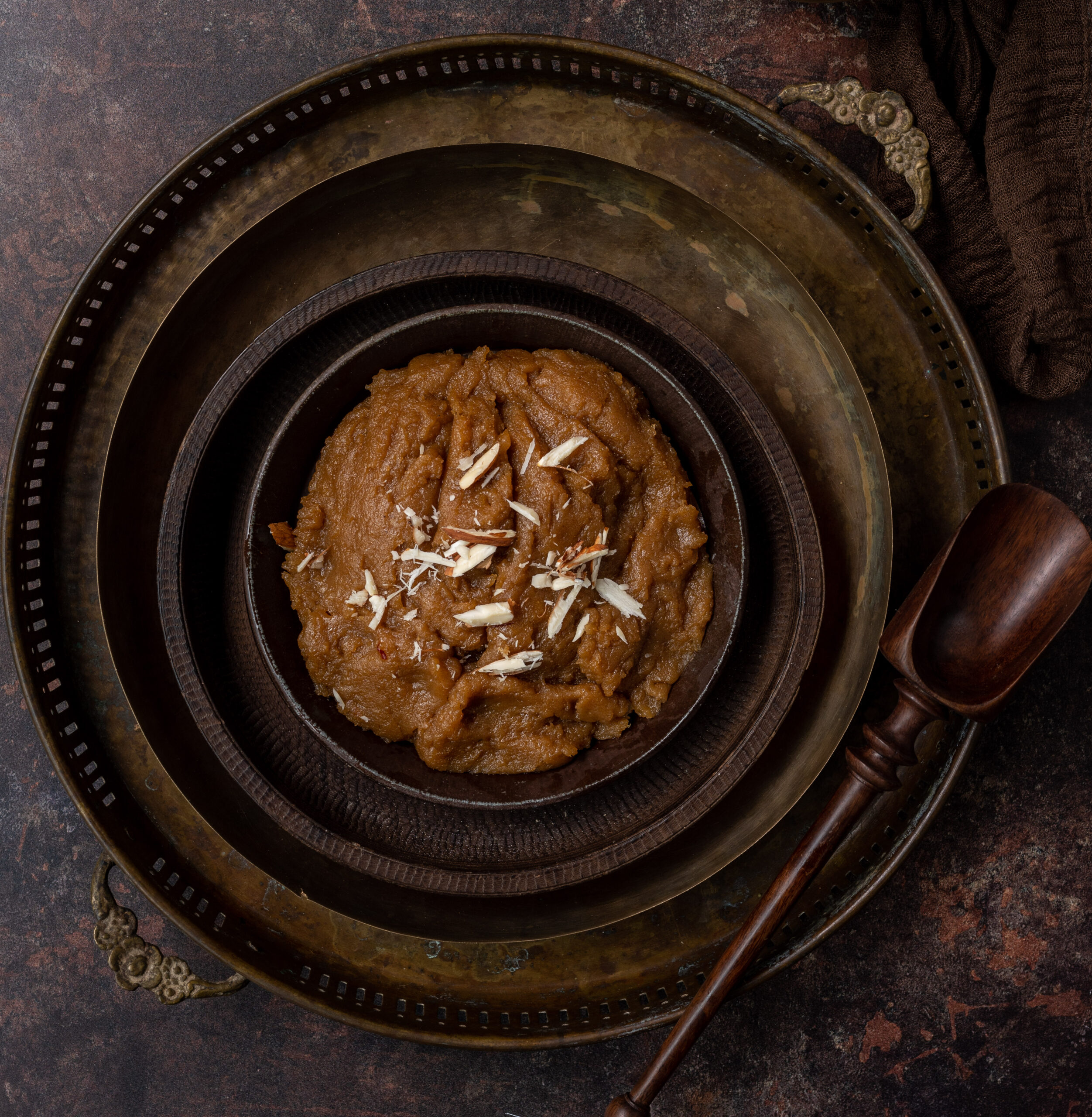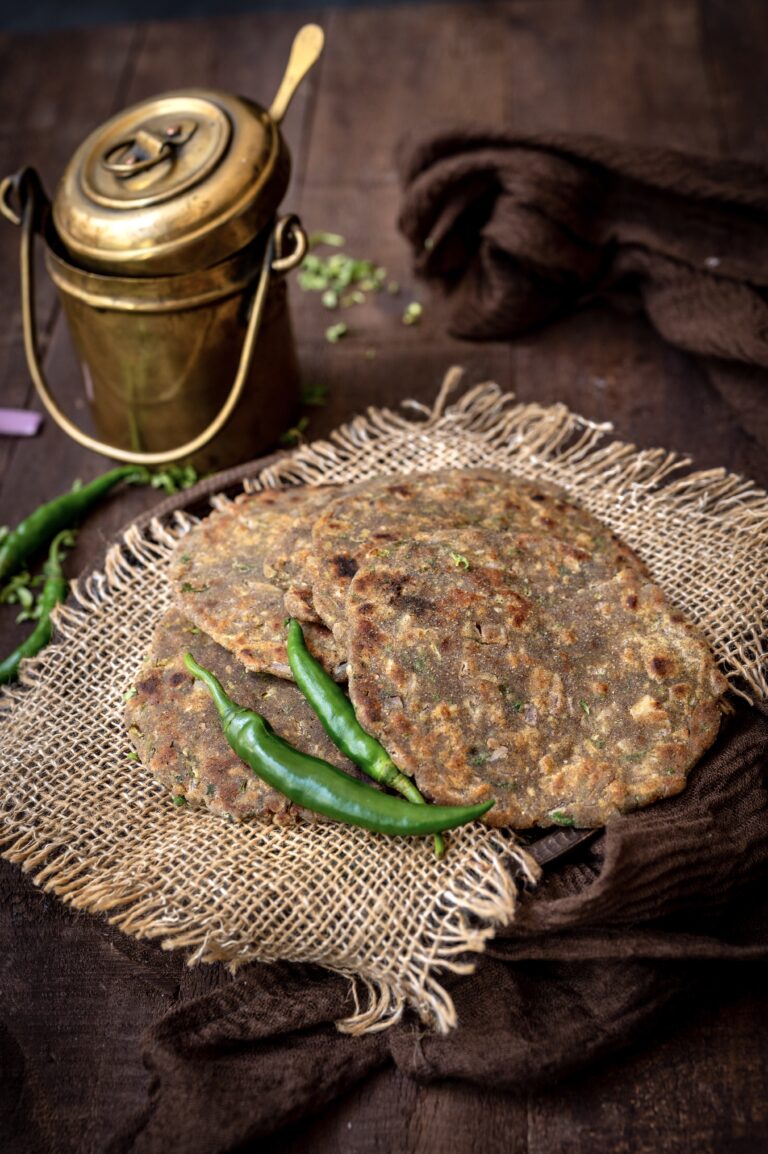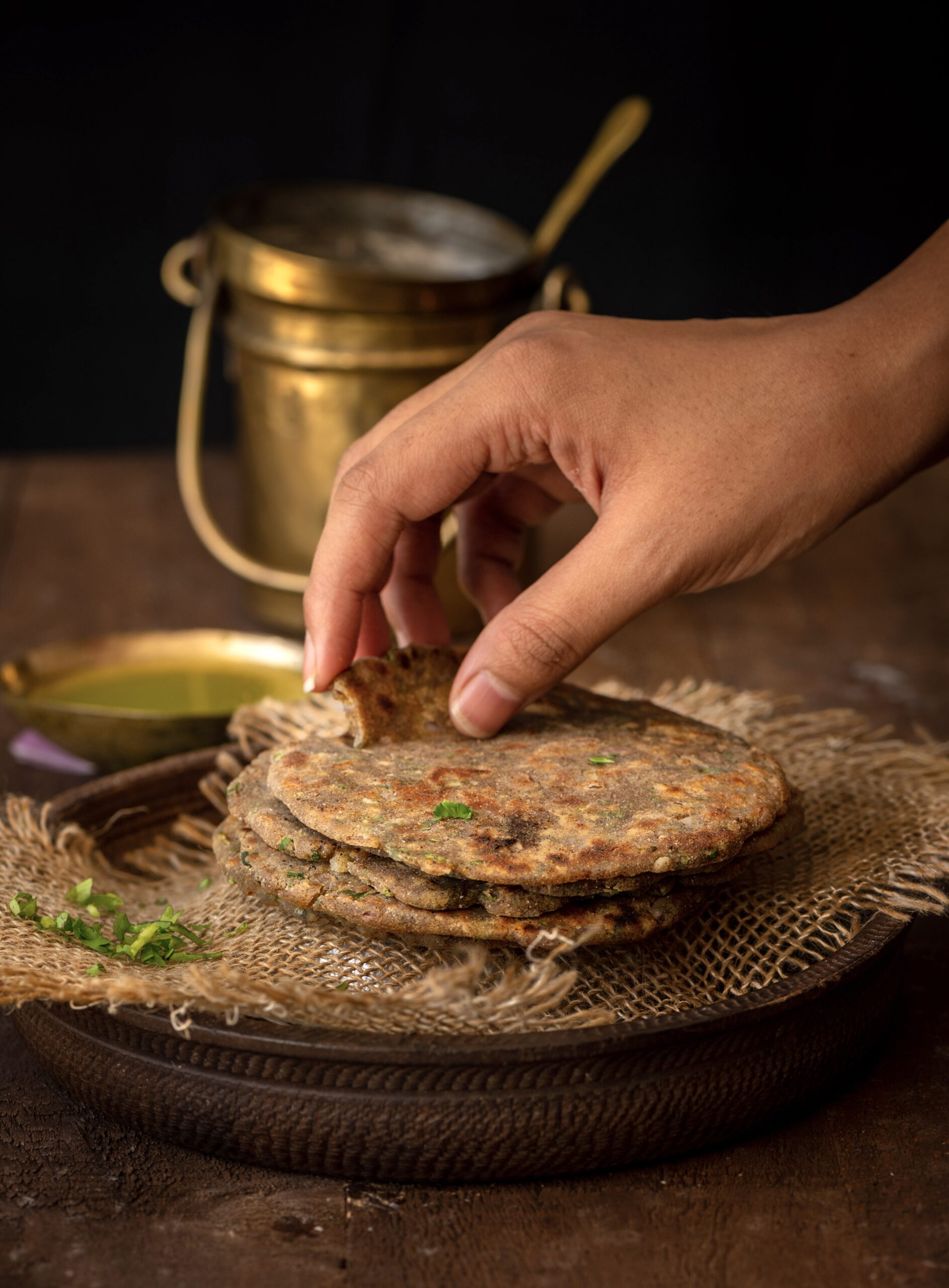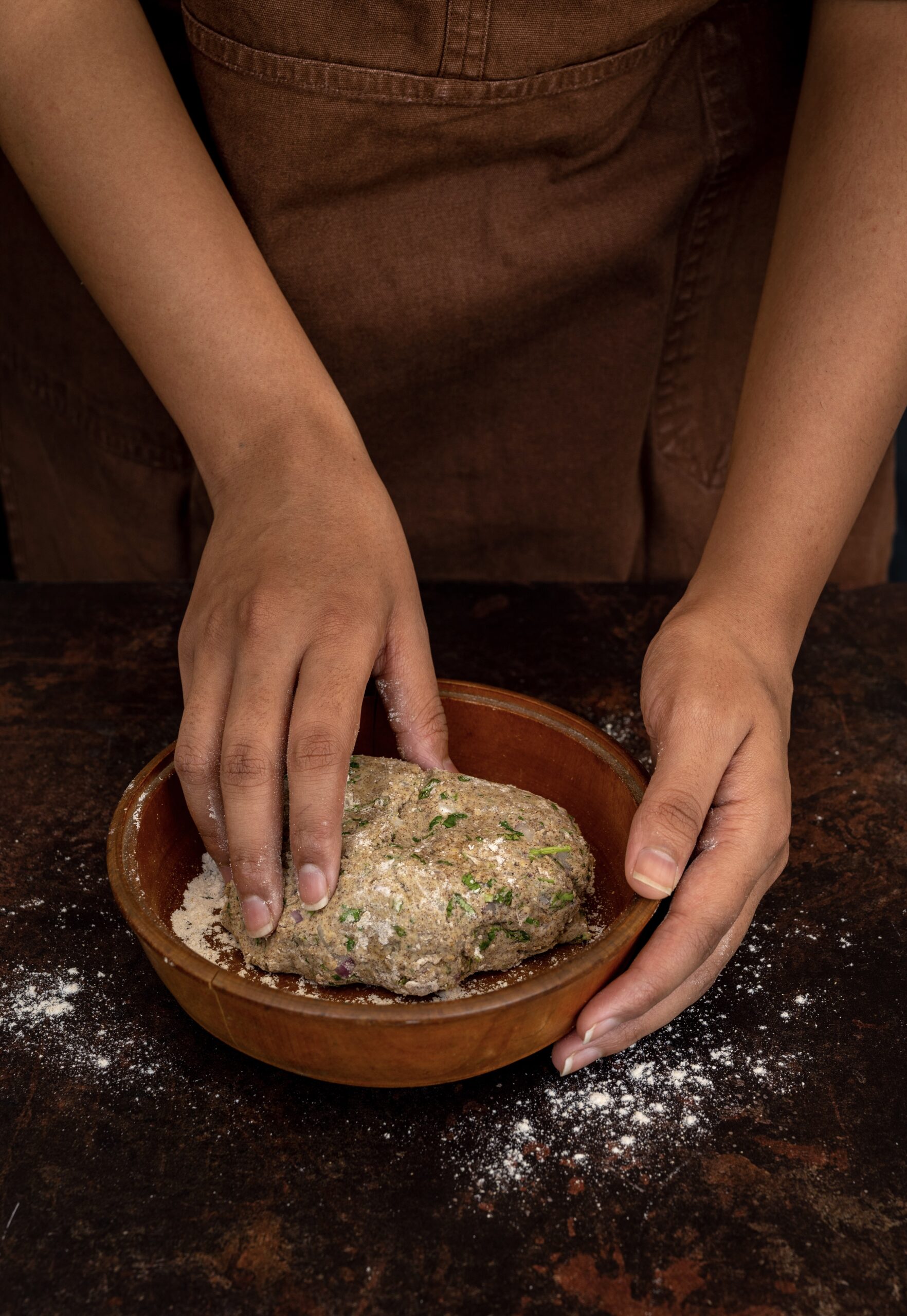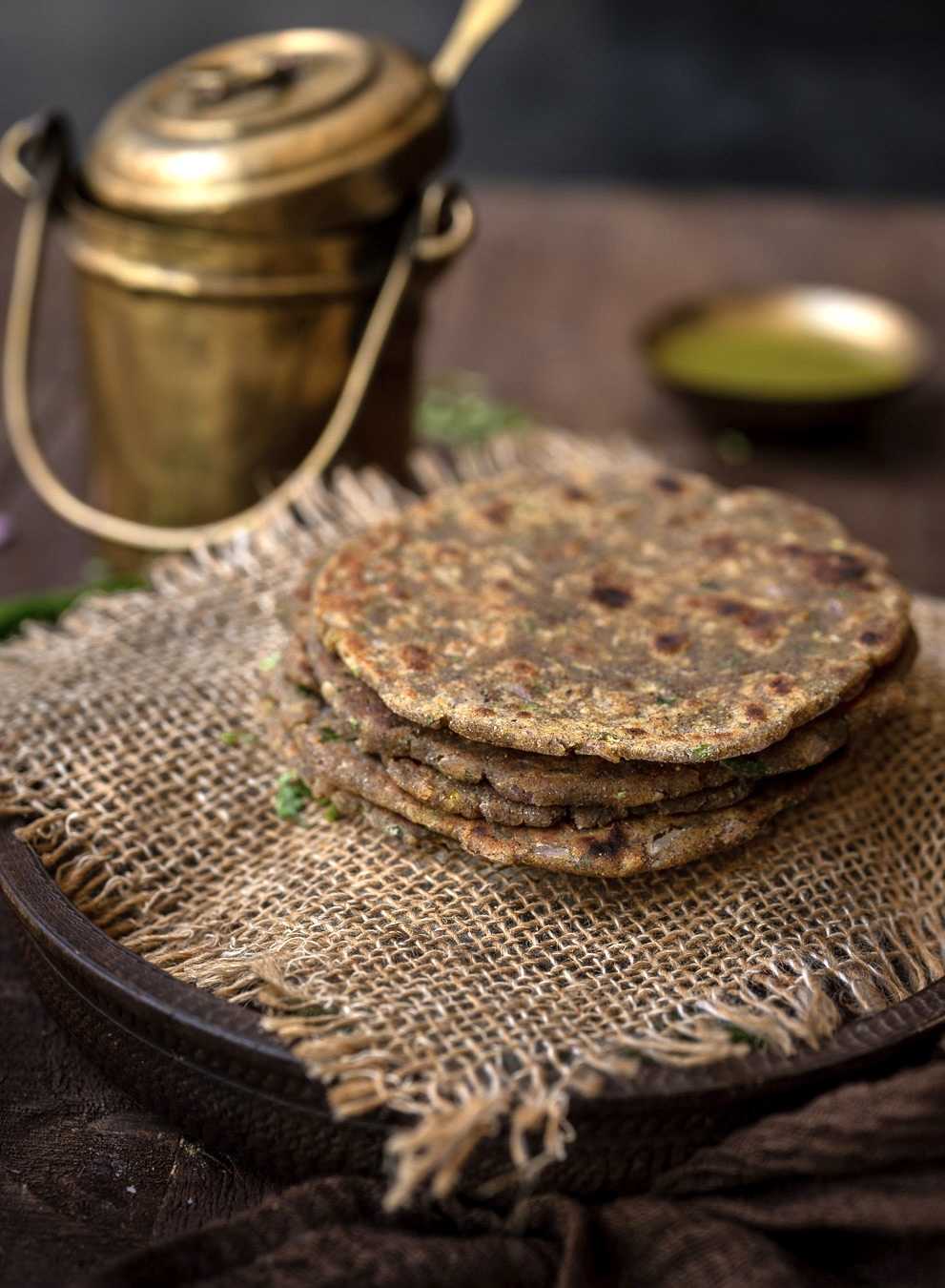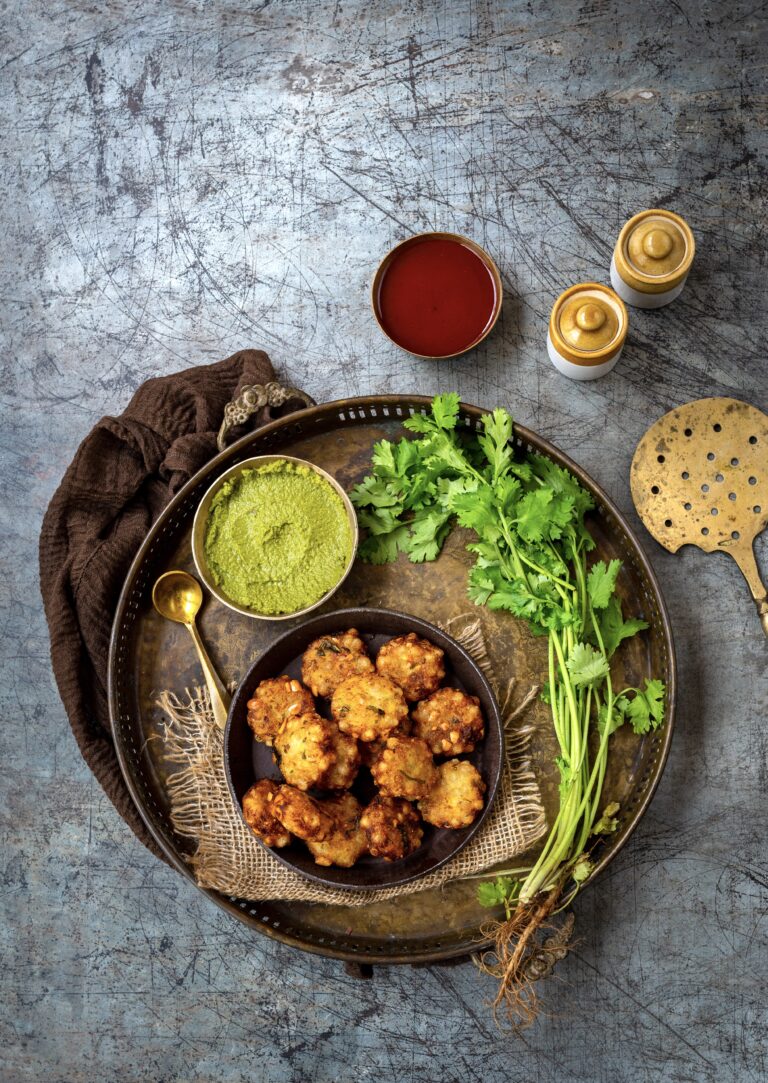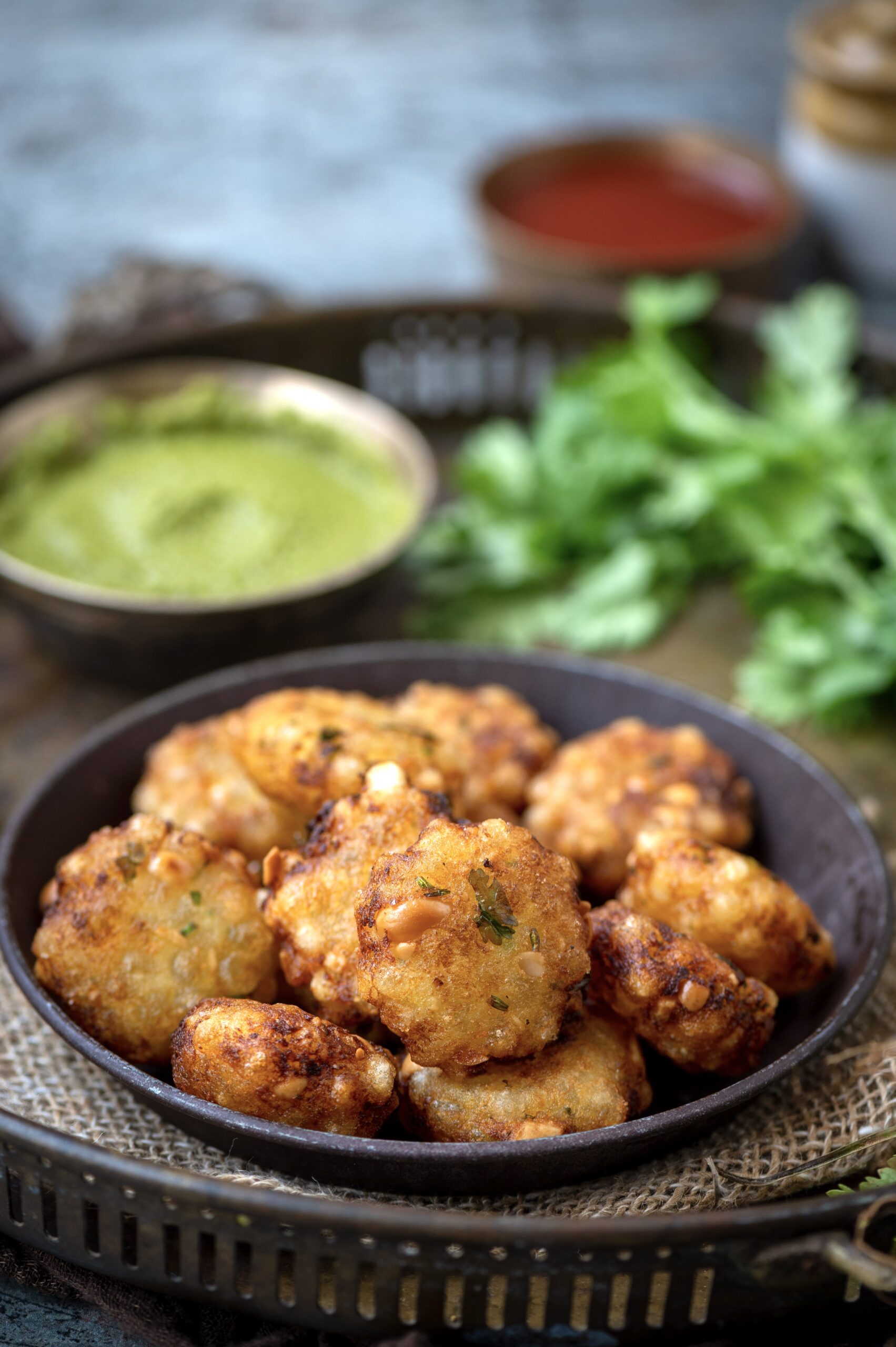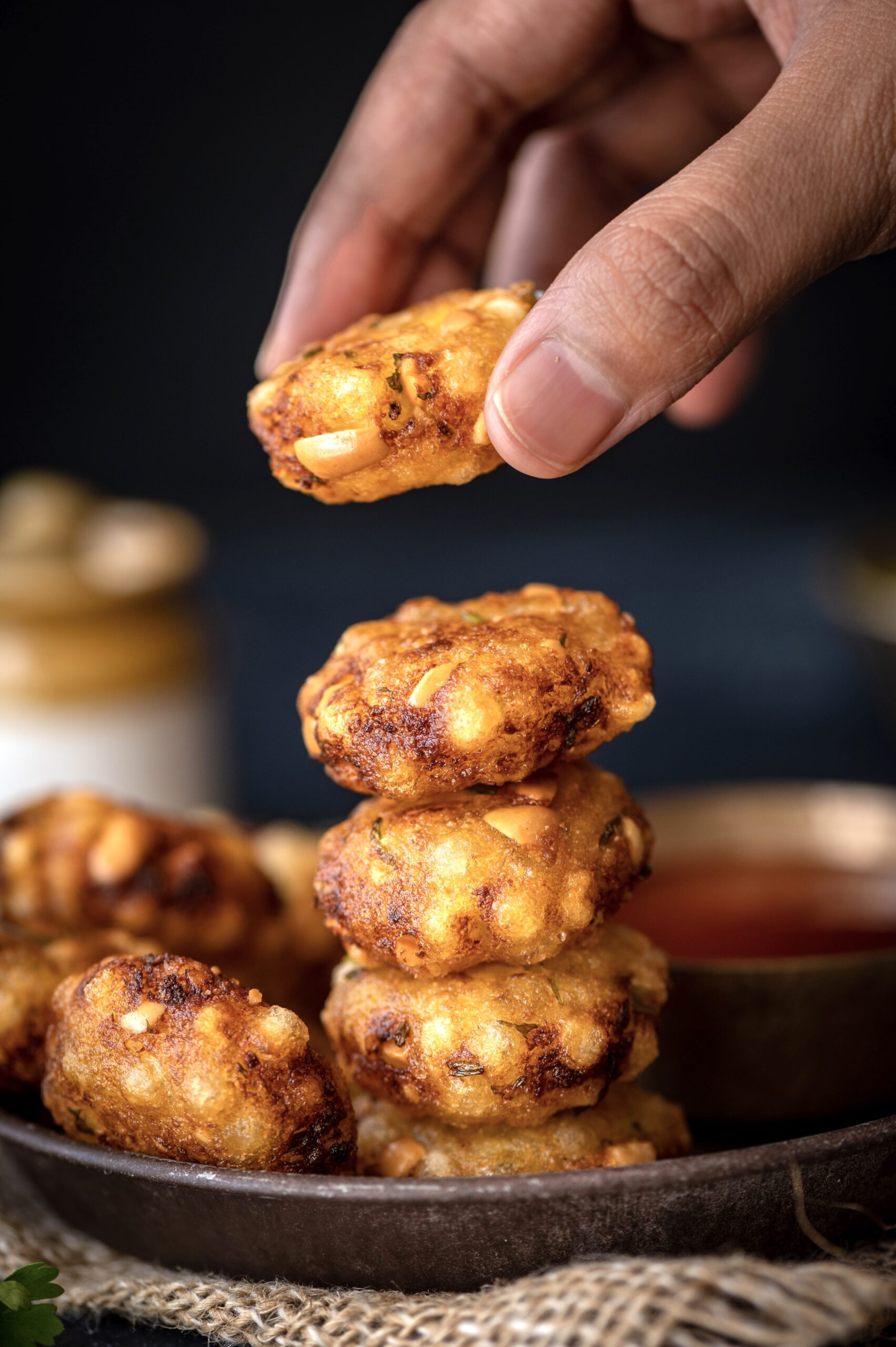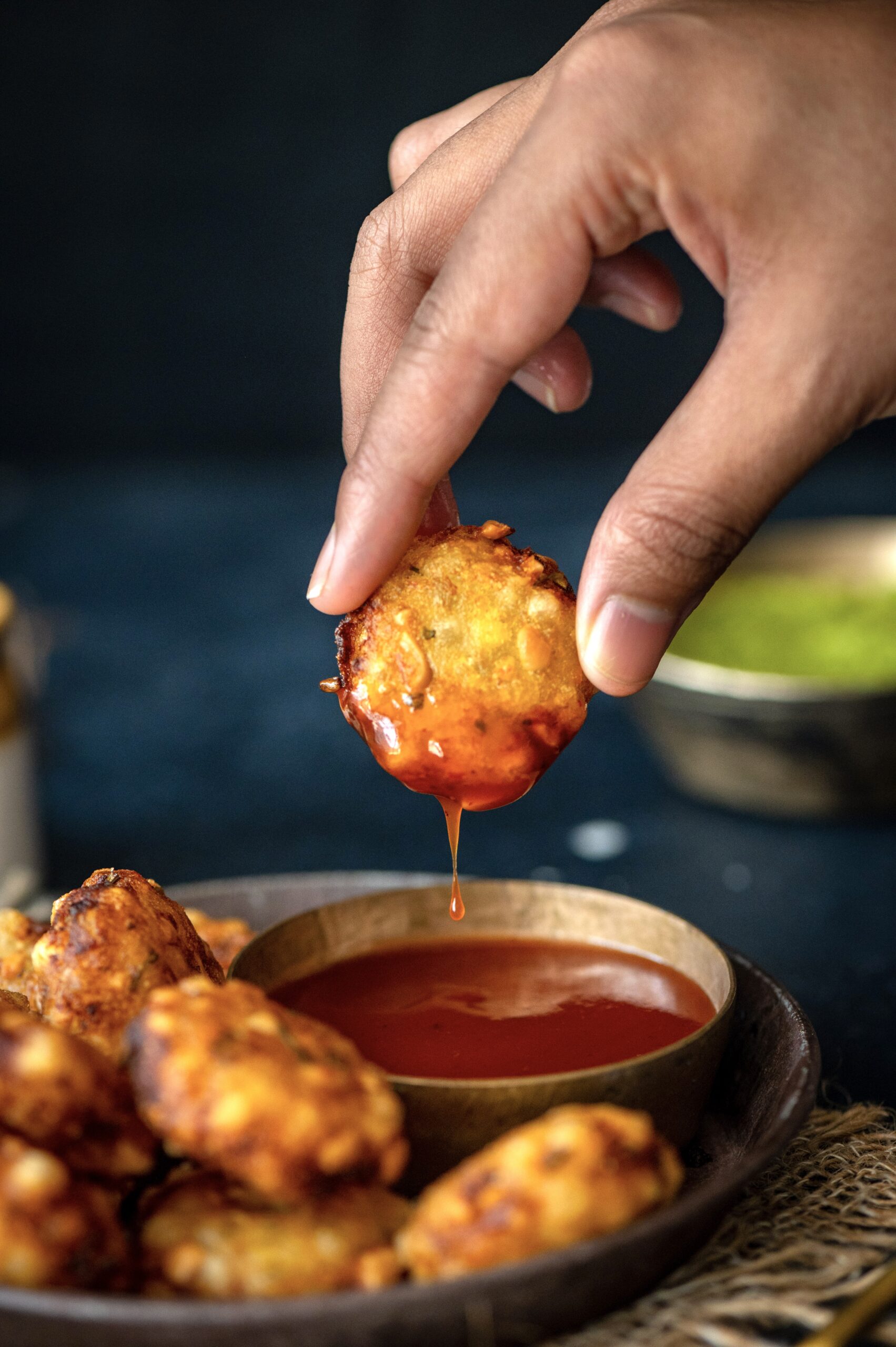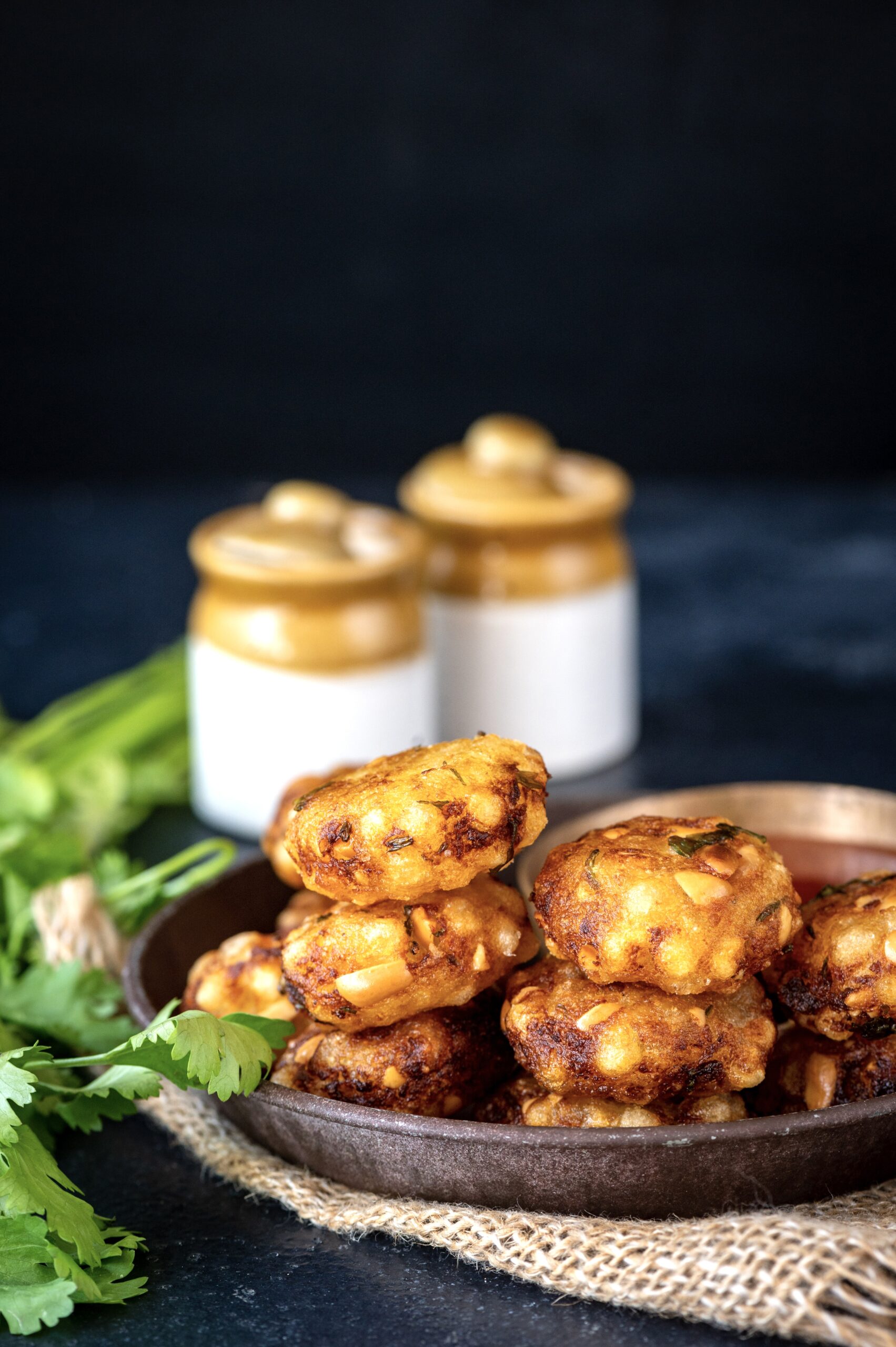Many of you know that I’m a fan of sourdough, and have been practicing and perfecting the techniques for this slightly tricky but rewarding form of bread-making for years now. As with everything else, the more you attempt it, the better you get at it. I bake sourdough loaves a few times every week, and I’ve seen this for myself. The more you use your hands on the dough, the more deeply you understand its nuances through touch. Feel is a very important part of sourdough making. But the best part comes later, of course: taste. This beautiful pesto Parmesan toastie is one of the many ways that we enjoy a beautiful sourdough loaf at home, and I’m delighted to share my pesto recipe with you today.
Basil, the core ingredient of pesto, is very easily available in many Indian cities, including here in Chennai. I doubt very much that it is Italian basil, and I think that it is likely to either be grown in the hilly regions or else is imported from nearby countries like Thailand. Either way, I have found that basil leaves are easily accessible all year round. So I always have a jar of pesto sitting in my fridge, alongside my tomato purée (which also works well on toast and in so many other dishes too).
Pesto is a sauce that originated in Italy, and its name comes from the Italian word for crushing or pounding, “pestare”. I guess that I honour the traditional method of preparation, because I have observed that I much prefer the South Indian mortar and pestle to the electric blender when I make it. The hand-crushed way results in a coarser and more flavourful paste, which is how it is meant to be. Pesto is versatile, and is often eaten as a pasta sauce. I make it with either walnuts or pine nuts, whichever I have available.
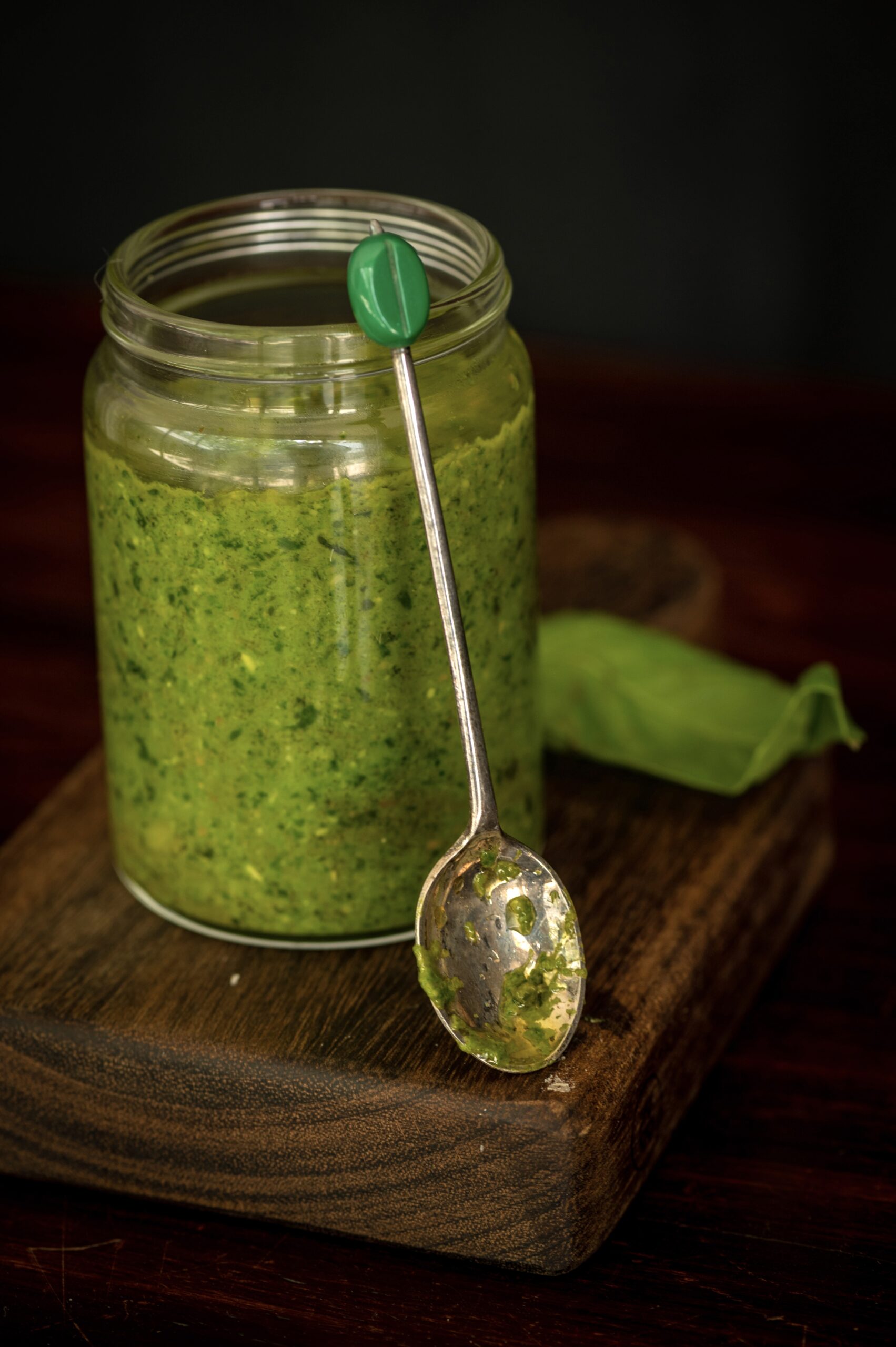
You may recall from other posts that I like making all my masalas powders at home, drying the ingredients in the sun and sending them off to a small local mill to grind them. This has been one of the benefits of the intense heat this year. I’m presently making amchur (raw mango) powder, and I’m also making sun-dried tomatoes – which I use in this toastie.
What this means is that with the sourdough bread, pesto spread and sun-dried tomatoes all being made at home, this pesto Parmesan toastie is almost entirely made from scratch. I don’t have the skills to make Parmesan cheese, unfortunately, but I would if I could!
A good, flavourful Parmesan (both in the pesto and as a garnishing) makes all the difference in this dish. I recently read an article about how the market is flooded with fake Parmesan cheese, with a shocking global turnover rate of billions! This means that finding and choosing a good, authentic Parmesan can be a bit of a challenge. In case you don’t have access to this fabulous cheese variety, you can still make up for it with a good pesto and a good bread. For the pesto, bear in mind that a high quality olive oil is one of the key ingredients to invest in. When it comes to the garnish, you can be flexible. For instance, if you don’t have sun-dried tomatoes, some other vegetable or topping of your choice will work well too.
To return to the sourdough itself briefly, I tend to generally bake it for dinners or for Sunday brunches as it’s a great accompaniment to our family weekend favourite, shakshouka. This summer, with temperatures simply soaring, I tend to take the dough with me whenever I sit in an AC room. This is to protect it, as temperature plays an important role in the fermentation. That’s how committed I am to my sourdough practice! This is why there’s always a lot of it at home, and since pesto is also a sauce that I also often have plenty of, they are a perfect pairing. As exotic as it may seem, pesto is surprisingly easy to make, as you’ll see in the recipe below.
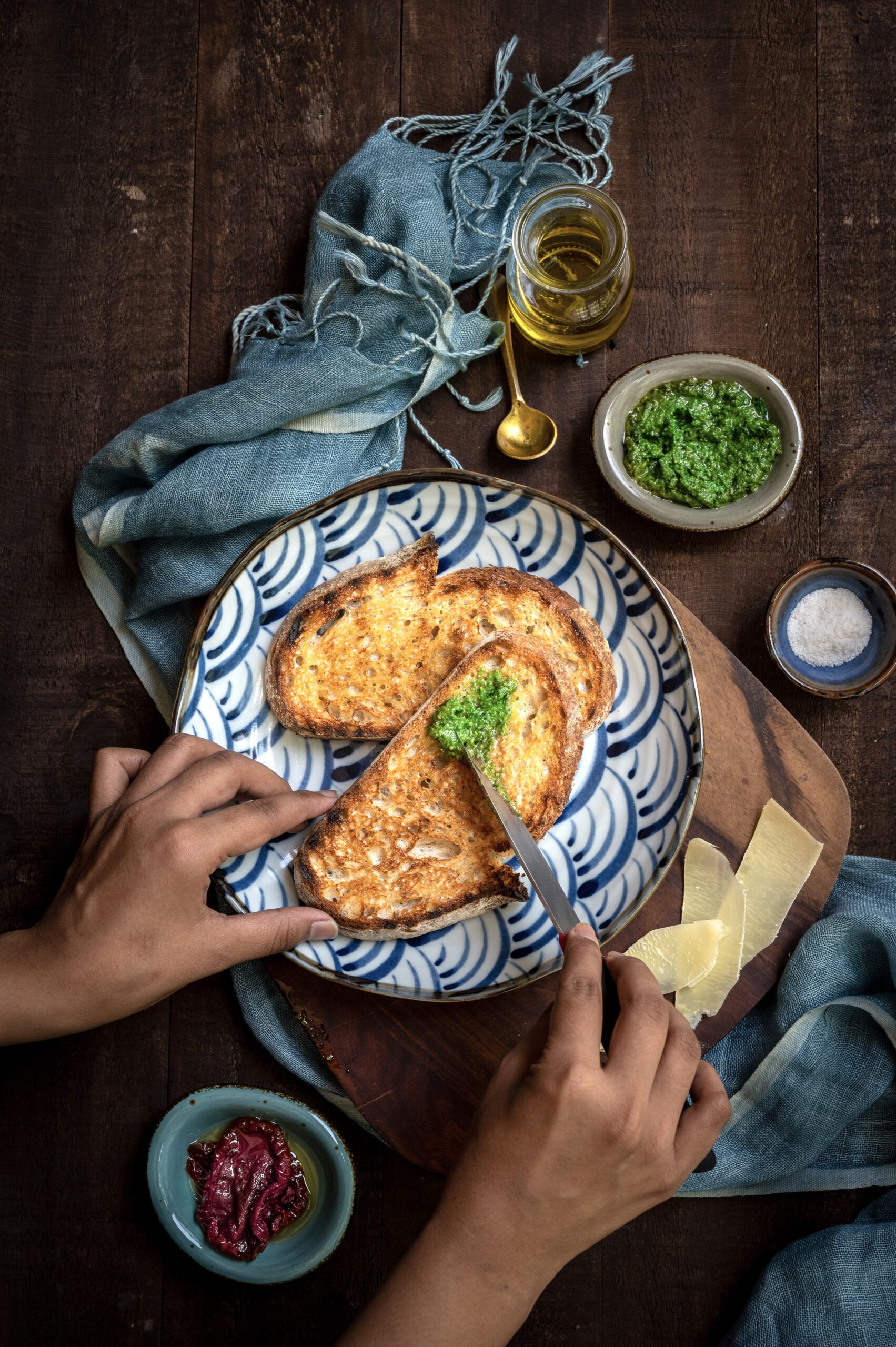
Pesto Parmesan Toastie
(Yield: A small jar of pesto; two half-toasties)
Pesto
2 cups fresh, clean basil leaves
3 garlic pods
¼ cup olive oil
Salt to taste
2-3 tablespoons pine nuts (or walnuts)
A pinch of pepper
½ cup Parmesan cheese (grated)
Toastie
2 slices sourdough bread
2 tablespoons pesto
3-5 sun-dried tomatoes
Butter for the bread
4-5 slivers of Parmesan cheese
This recipe focuses on how to prepare the pesto. In a blender, add the pine nuts and garlic. Pulse until coarsely mixed. Add the Parmesan and repeat. As I said above, you can use a mortar and pestle instead if you prefer the same.
Then, add the basil leaves and pulse once again, careful to keep the mixture coarsely blended. A smooth blend is not preferable for pesto.
Slowly drizzle in the olive oil, while occasionally using a rubber spatula to scrape down the sides of the mixer jar.
Finally, add the salt and pepper before storing the pesto in the fridge. Use a clean glass jar, and top it up with a little bit of olive oil. You can prepare it a day ahead of when you need to use it. It will still be fresh.
To assemble the toasties, take two slices of sourdough bread and apply butter to one side of one of them. Generously slather one side of the other slice with pesto, creating a nice, thick layer. Top this up with sun-dried tomatoes and Parmesan cheese, as desired.
Close the sandwich by bringing the two slices together. Butter the top and toast it on a pan until the bread turns golden. Cut into halves and serve. I like to have this as an early dinner, and I find that I don’t get hungry again for the rest of the night. It’s also great as an any-time snack.
Dishes like these are easy to assemble and are great ways to enjoy a slice of good artisanal bread, or to elevate any regular bread that you may have. I hope this pesto Parmesan toastie will delight you! If you enjoyed this recipe, you may also want to try out my cheesy, spicy, garlicky sourdough toast.
